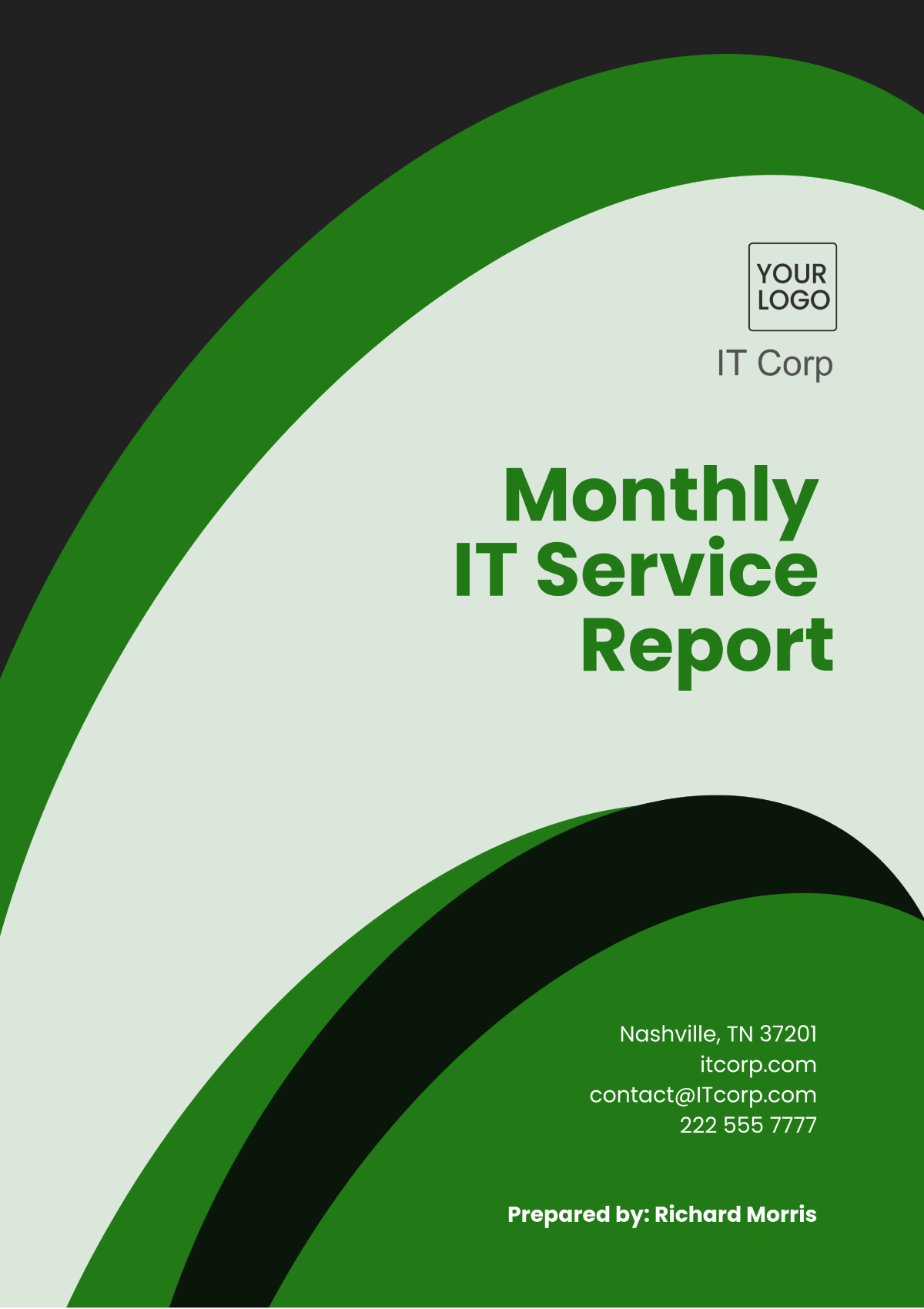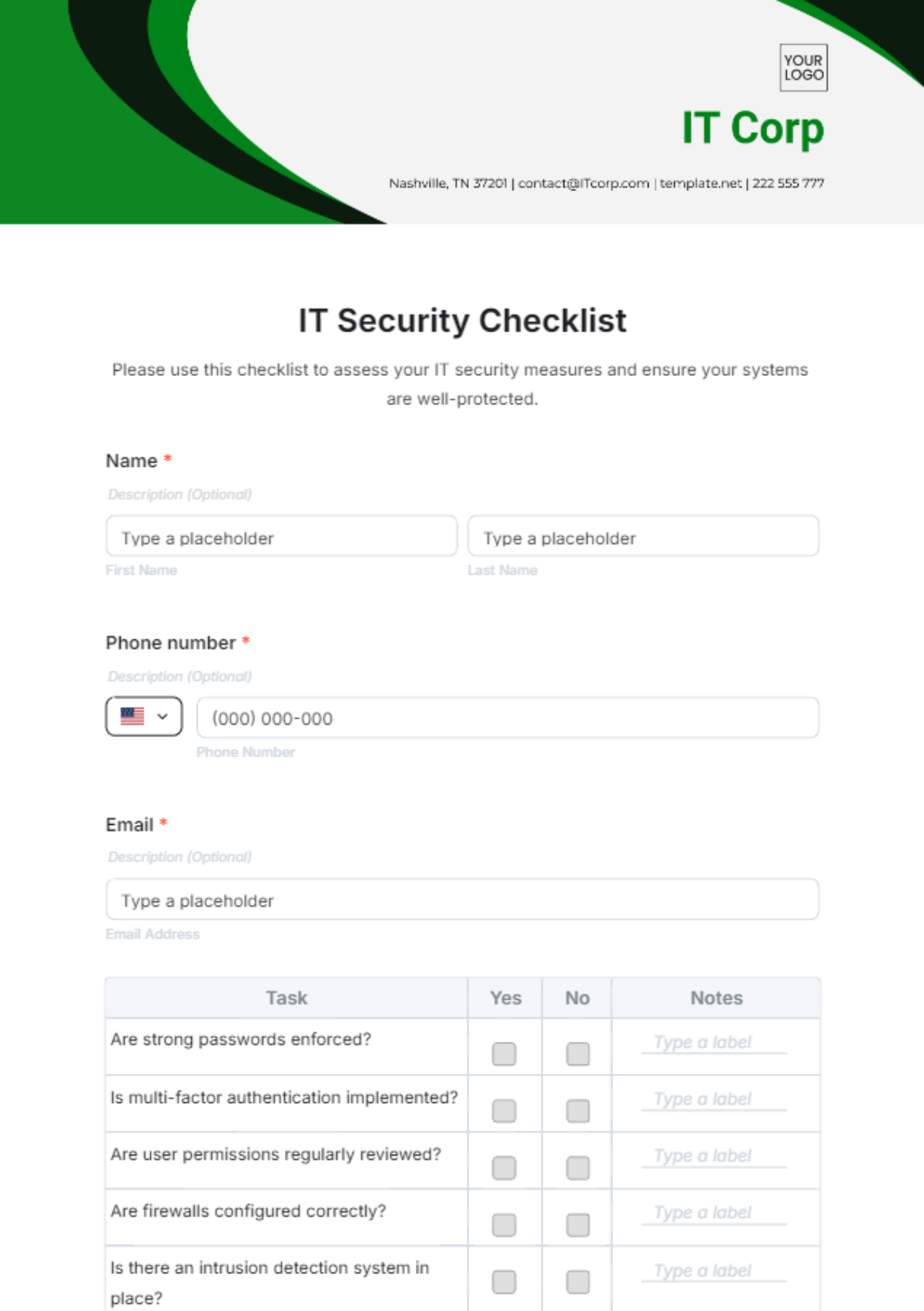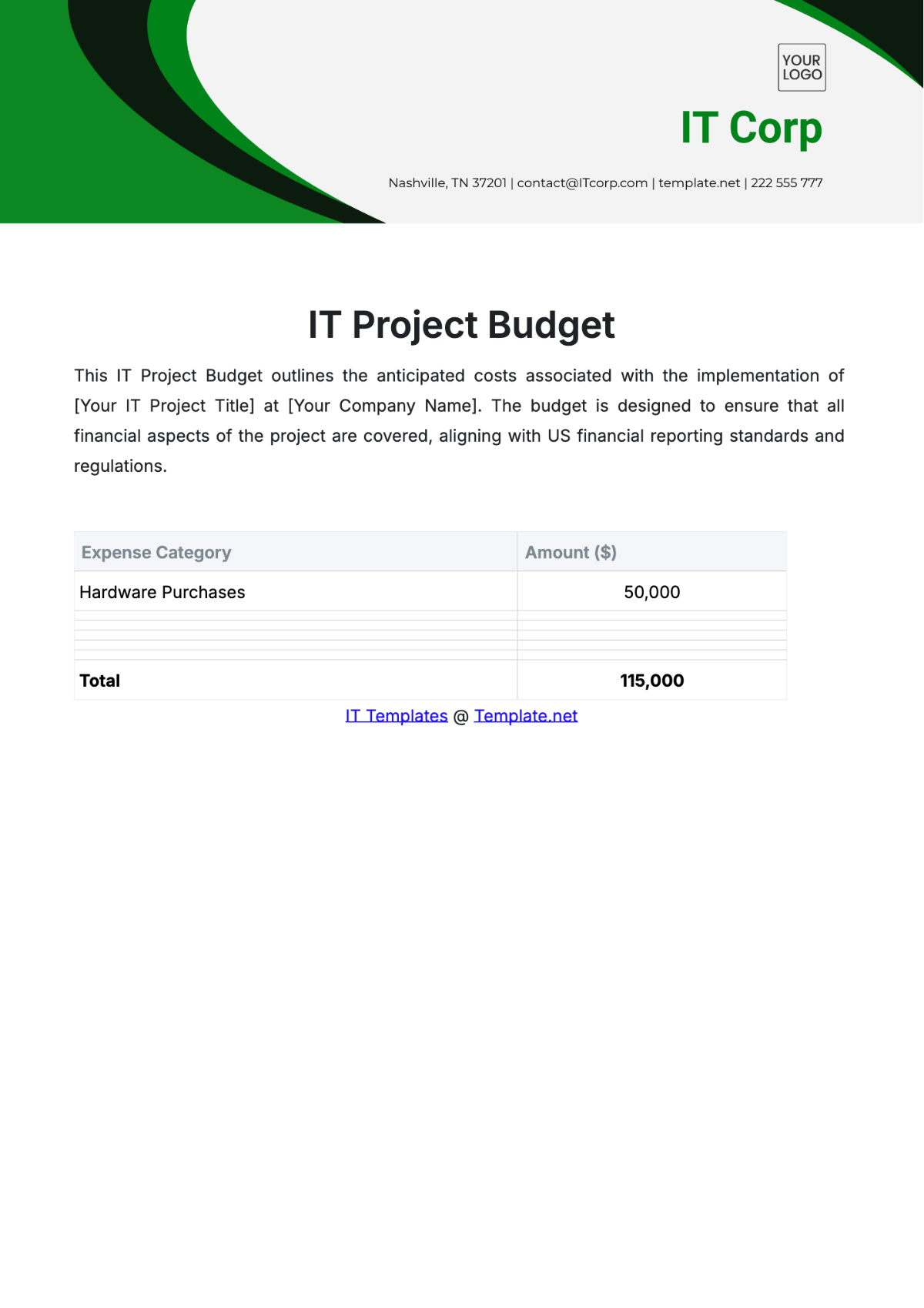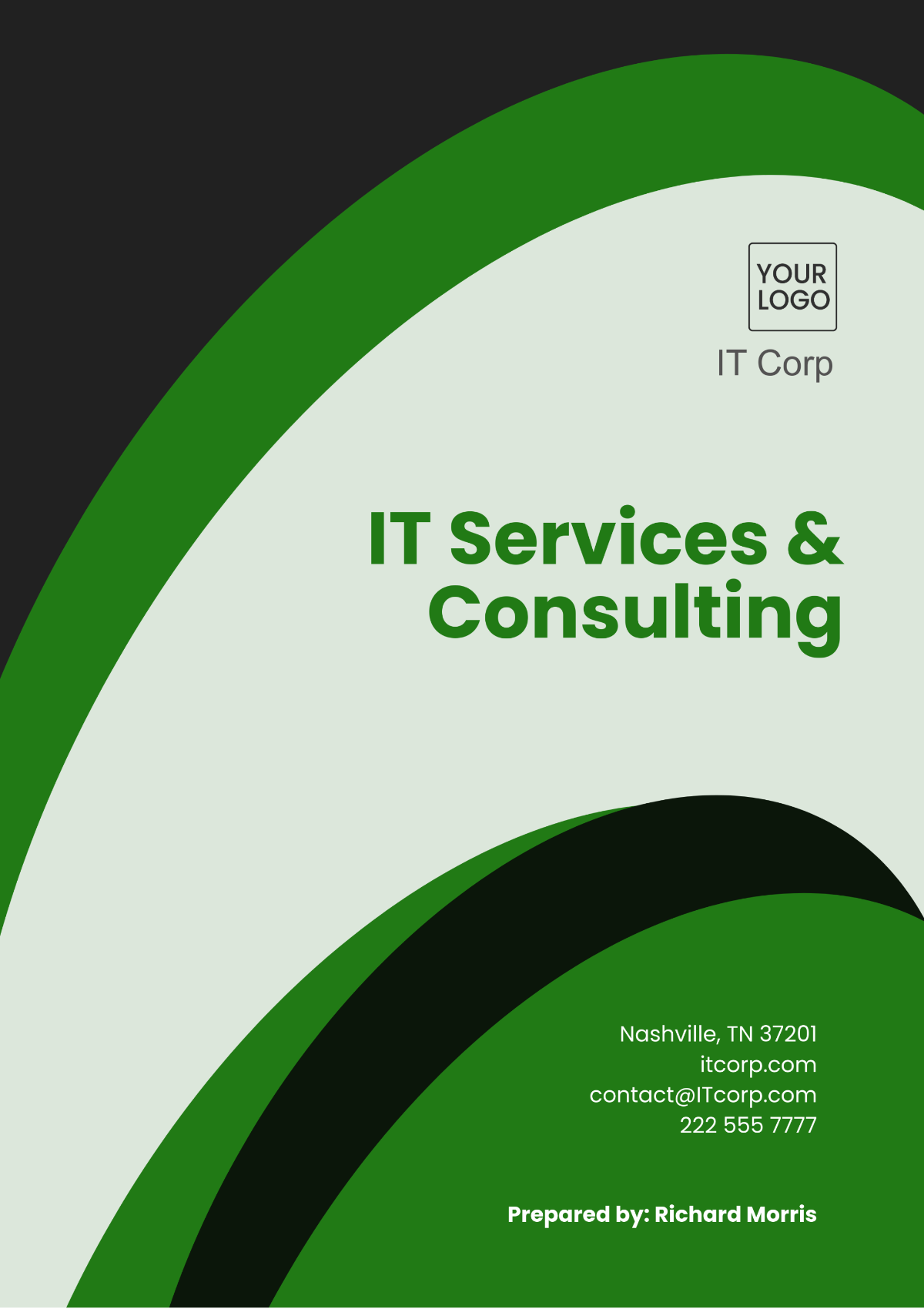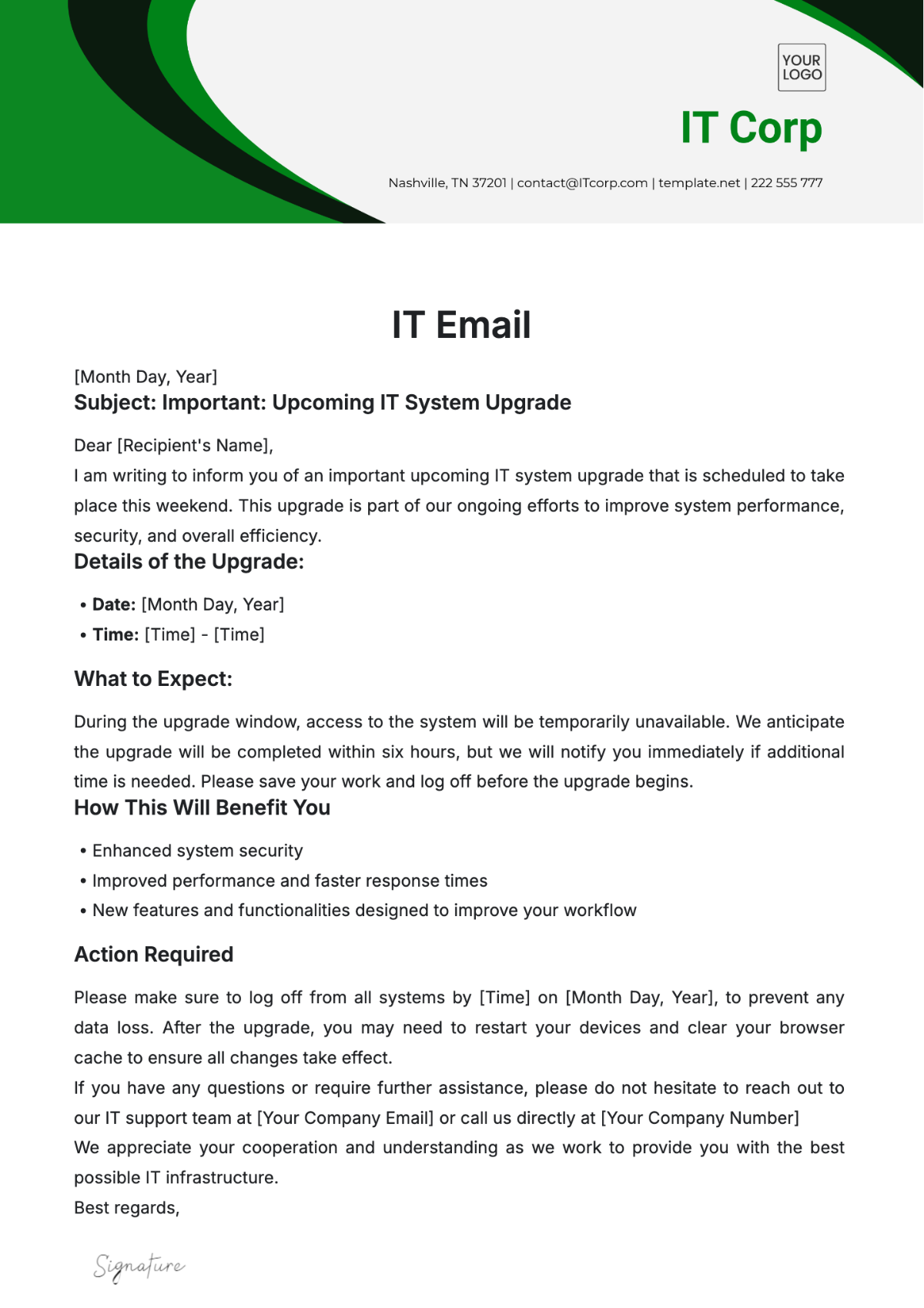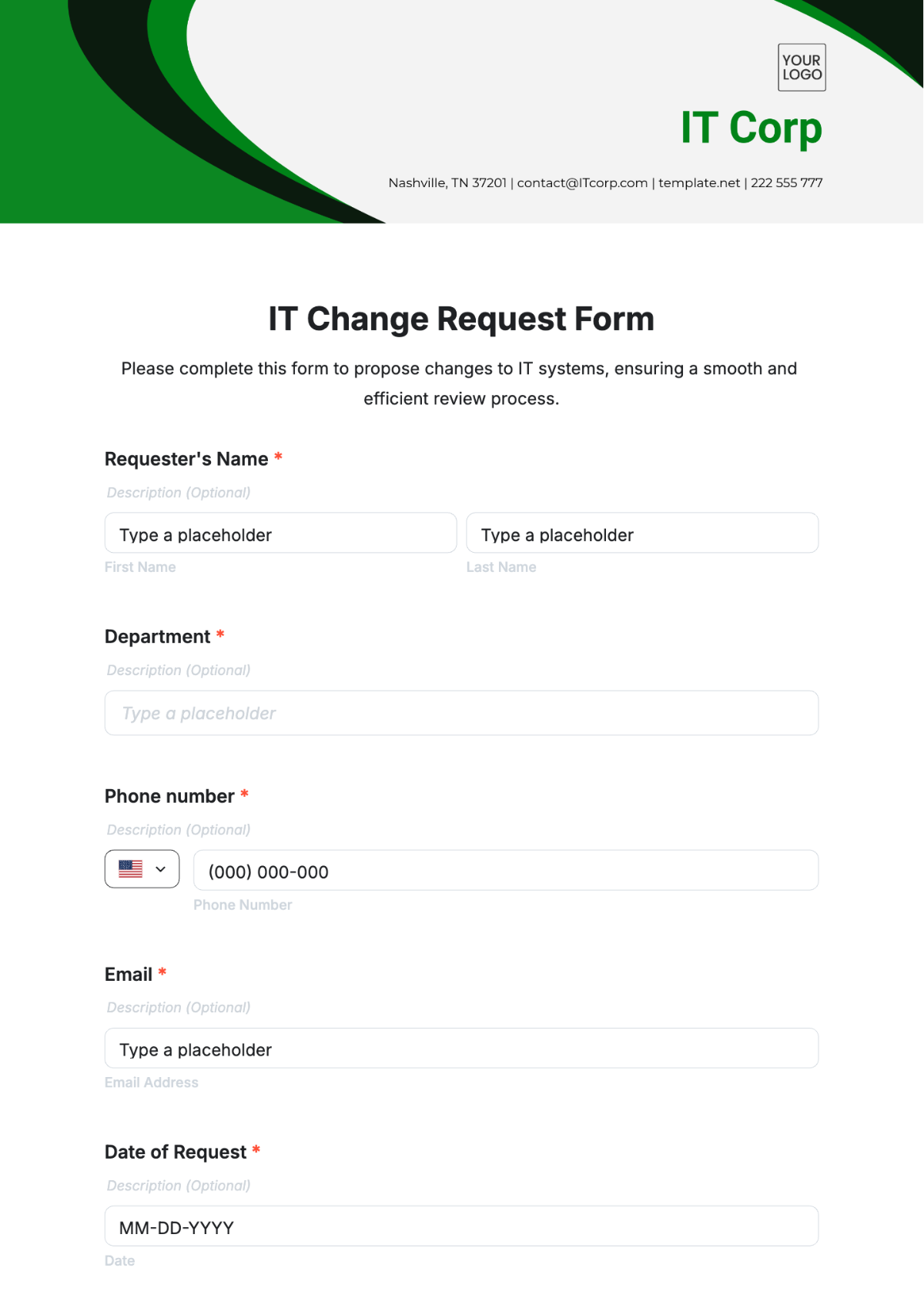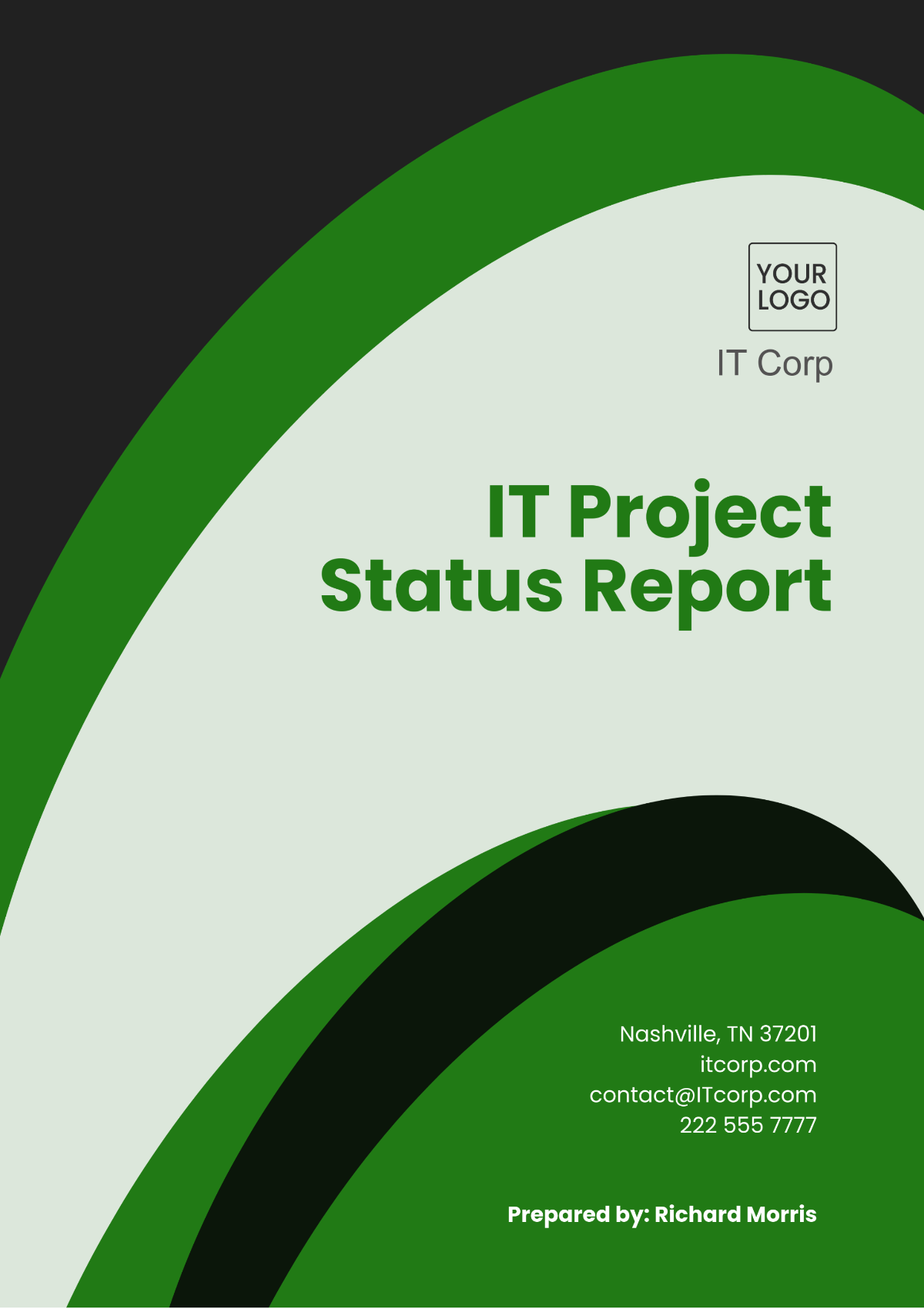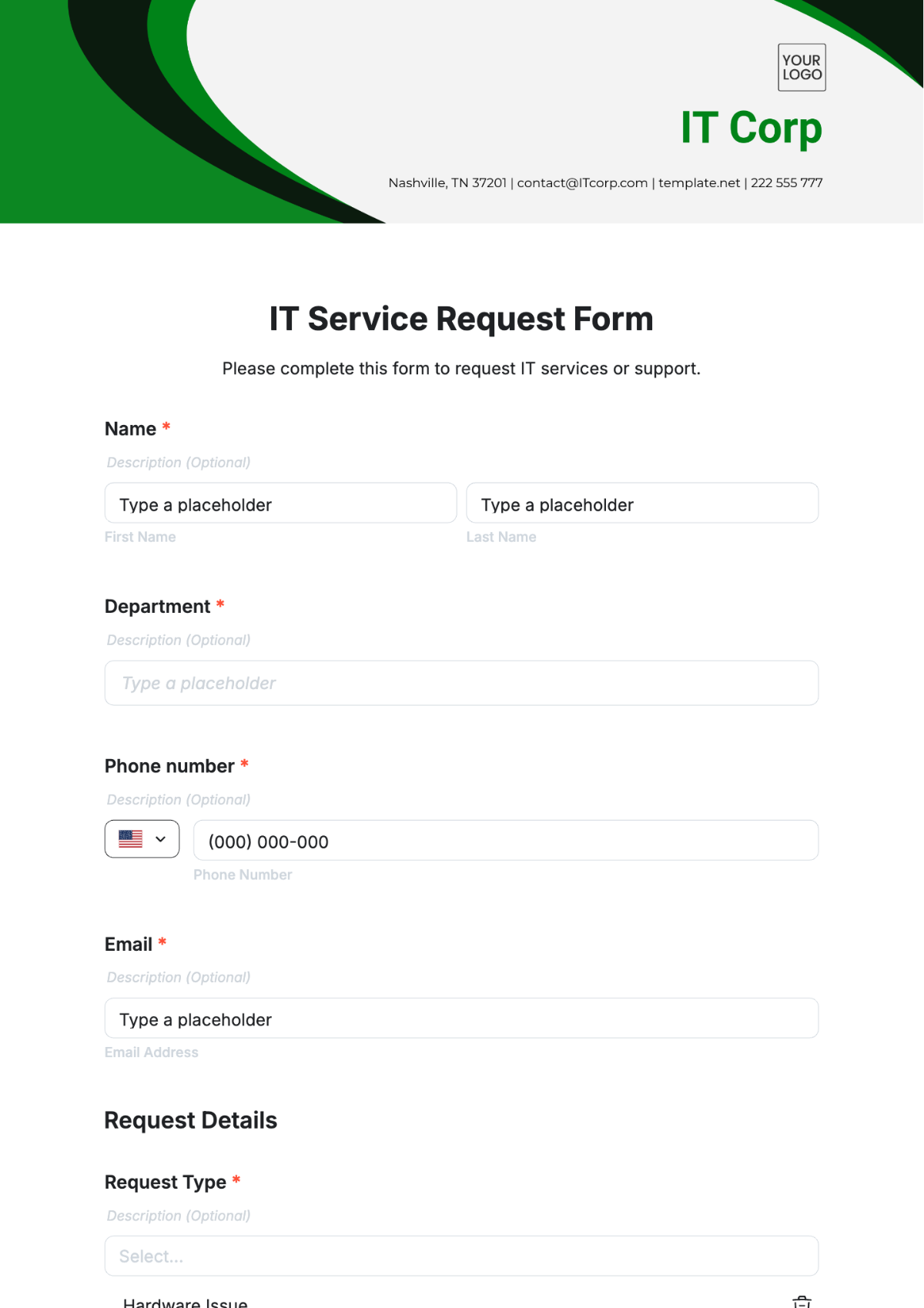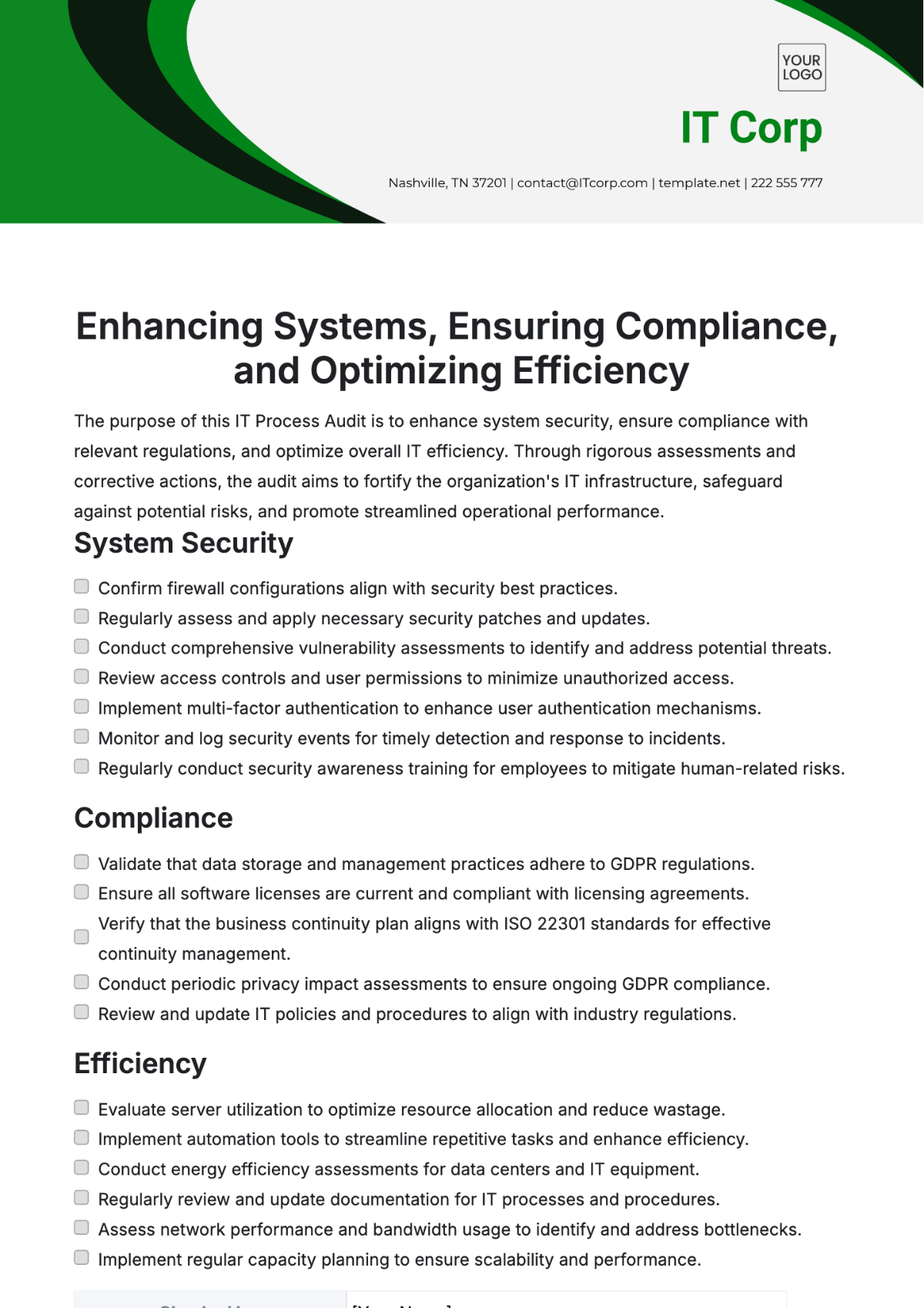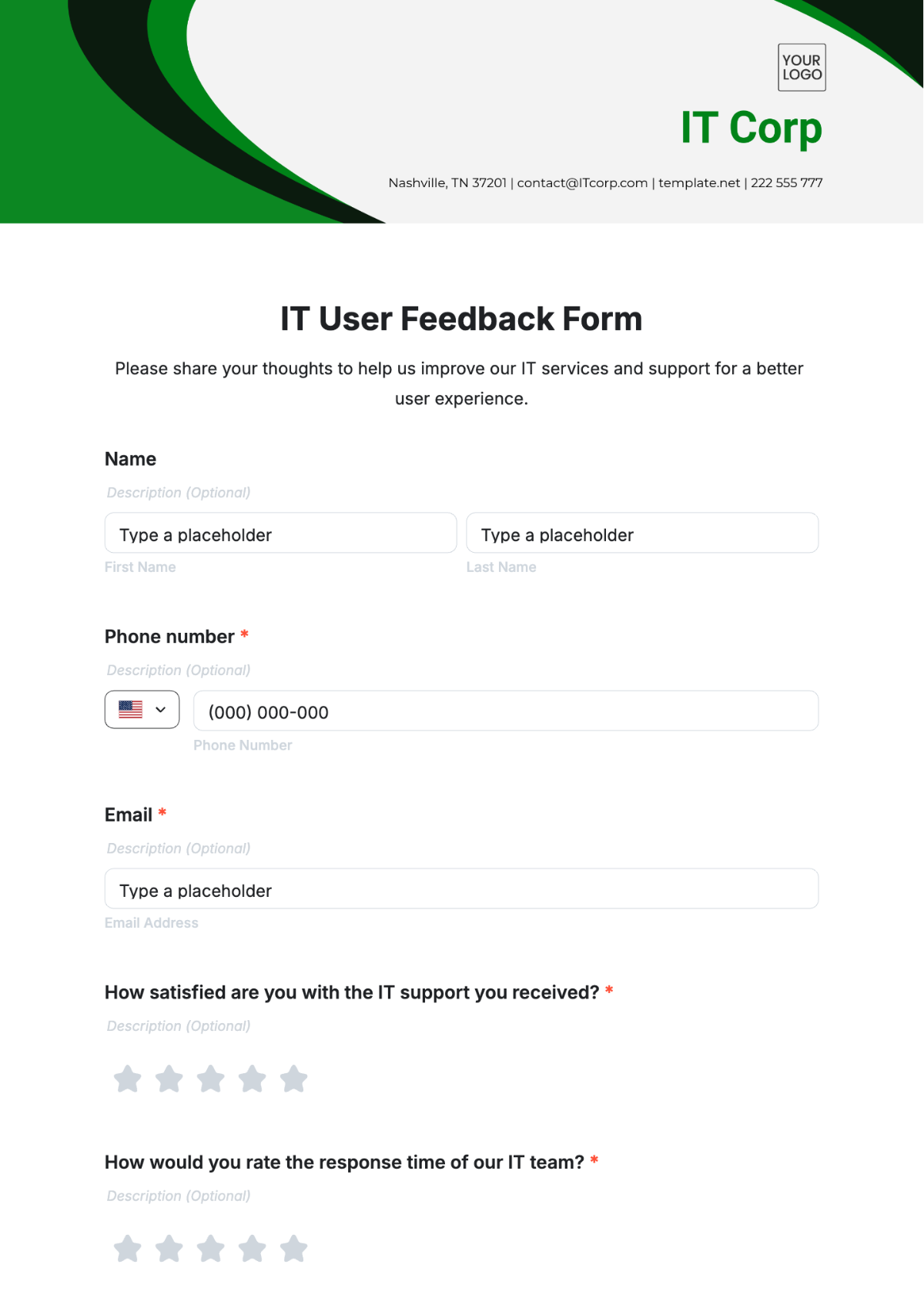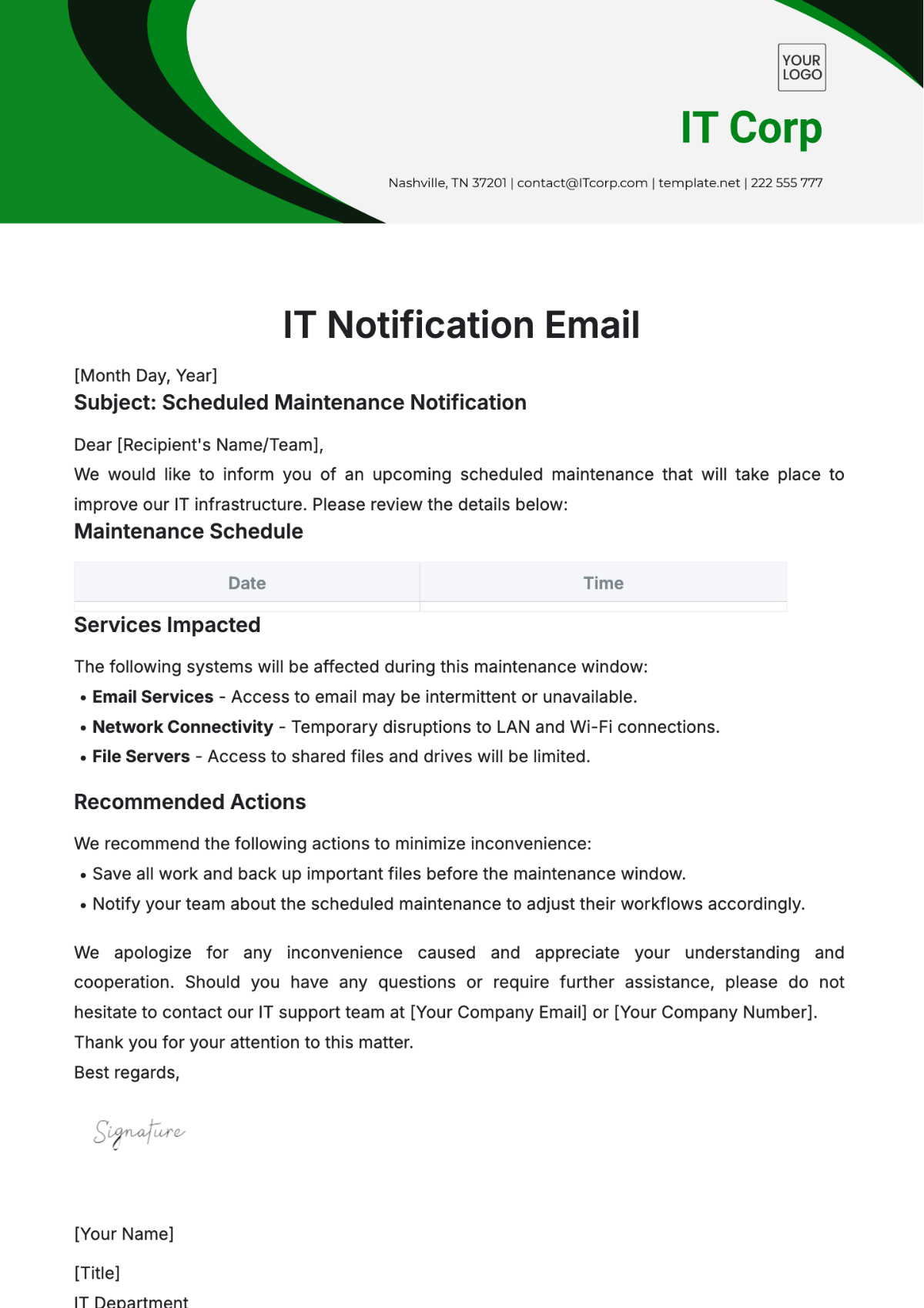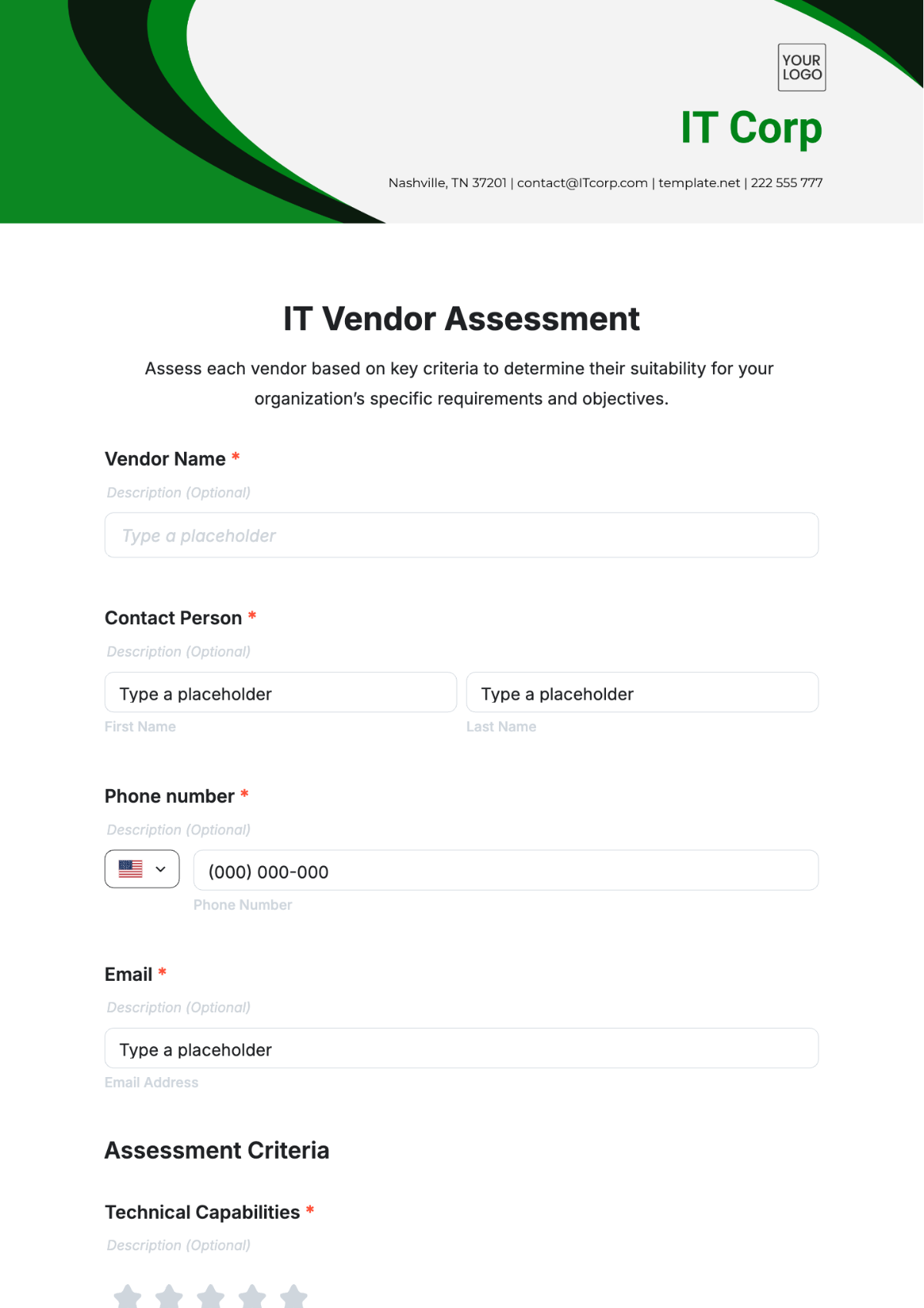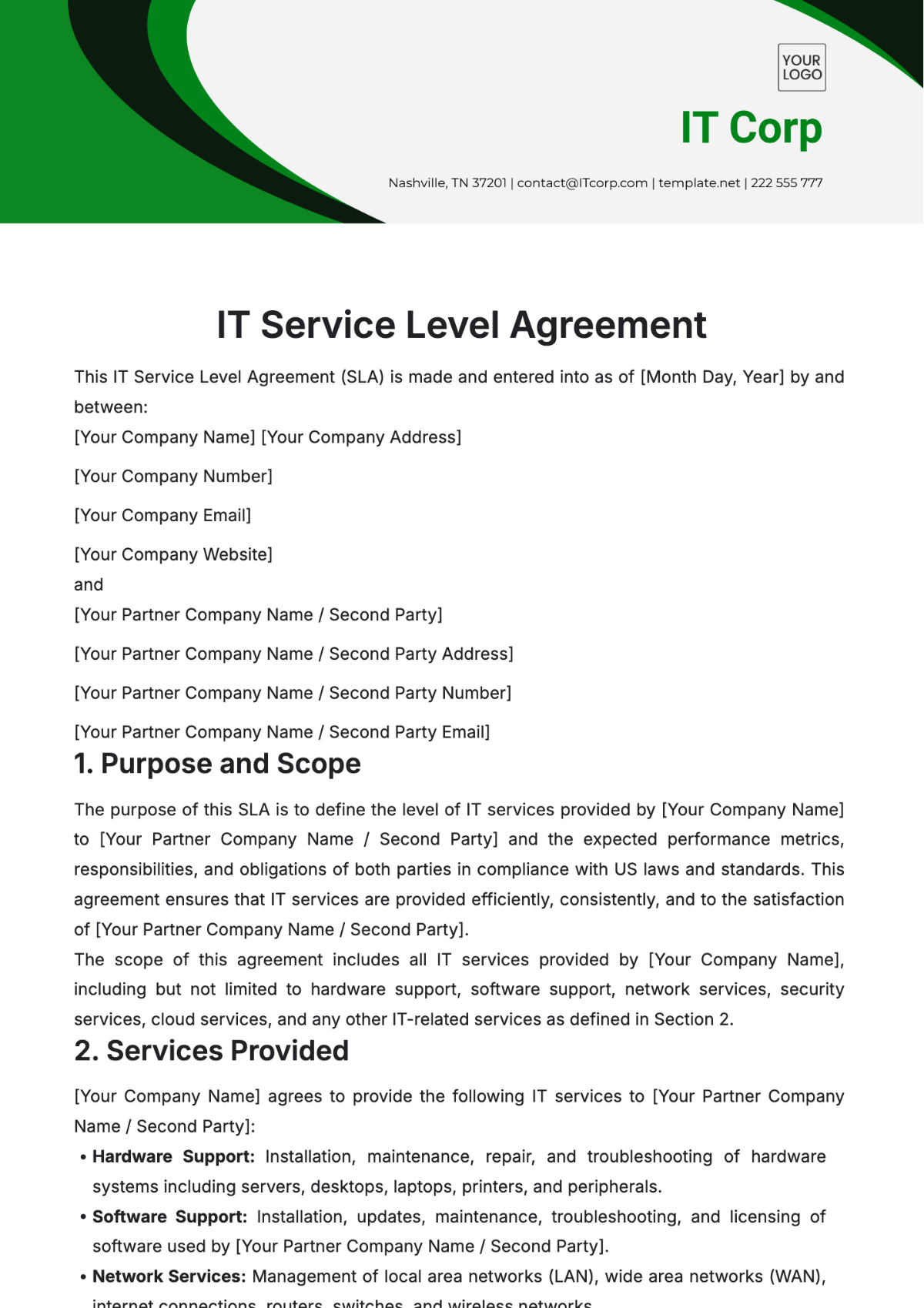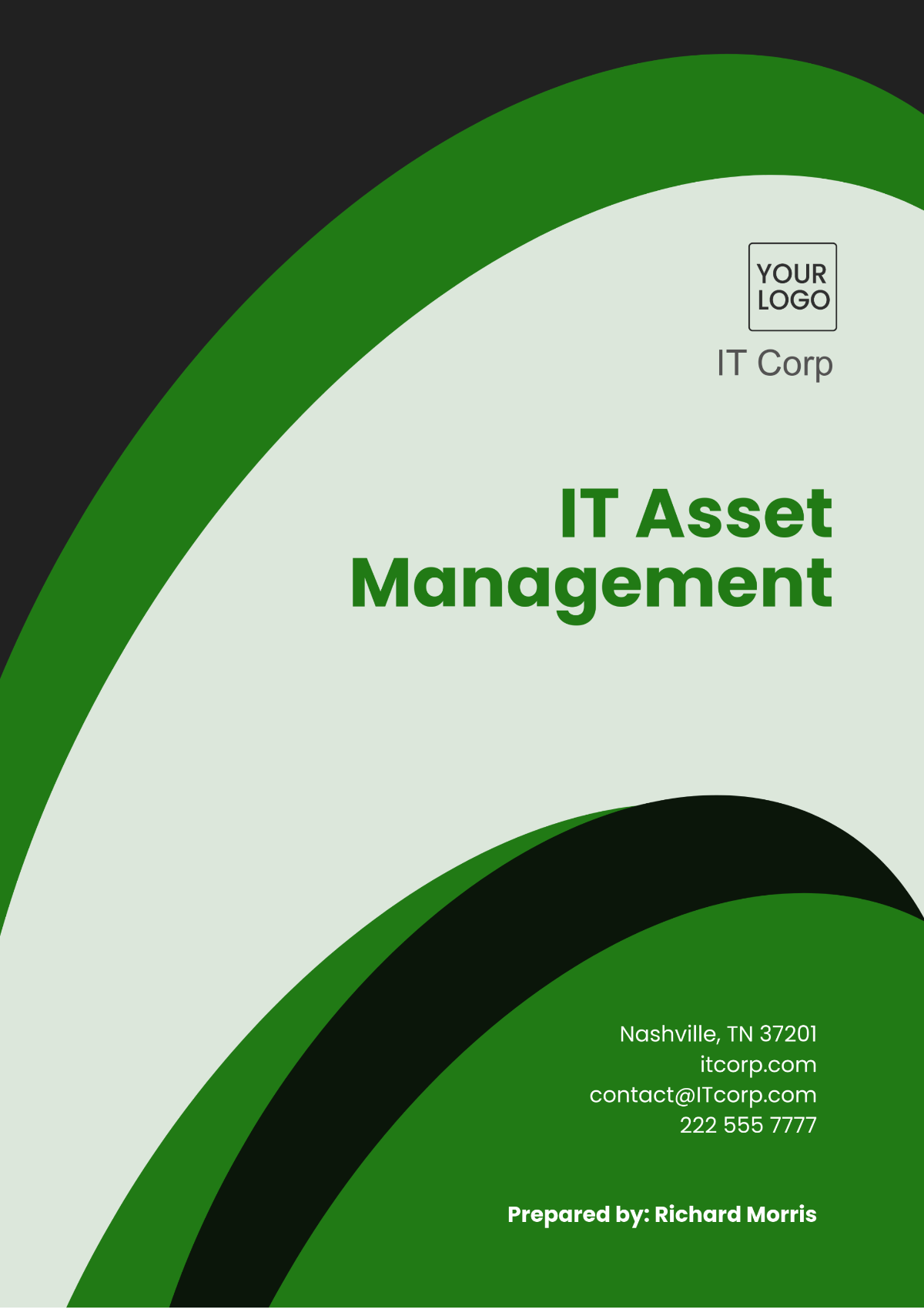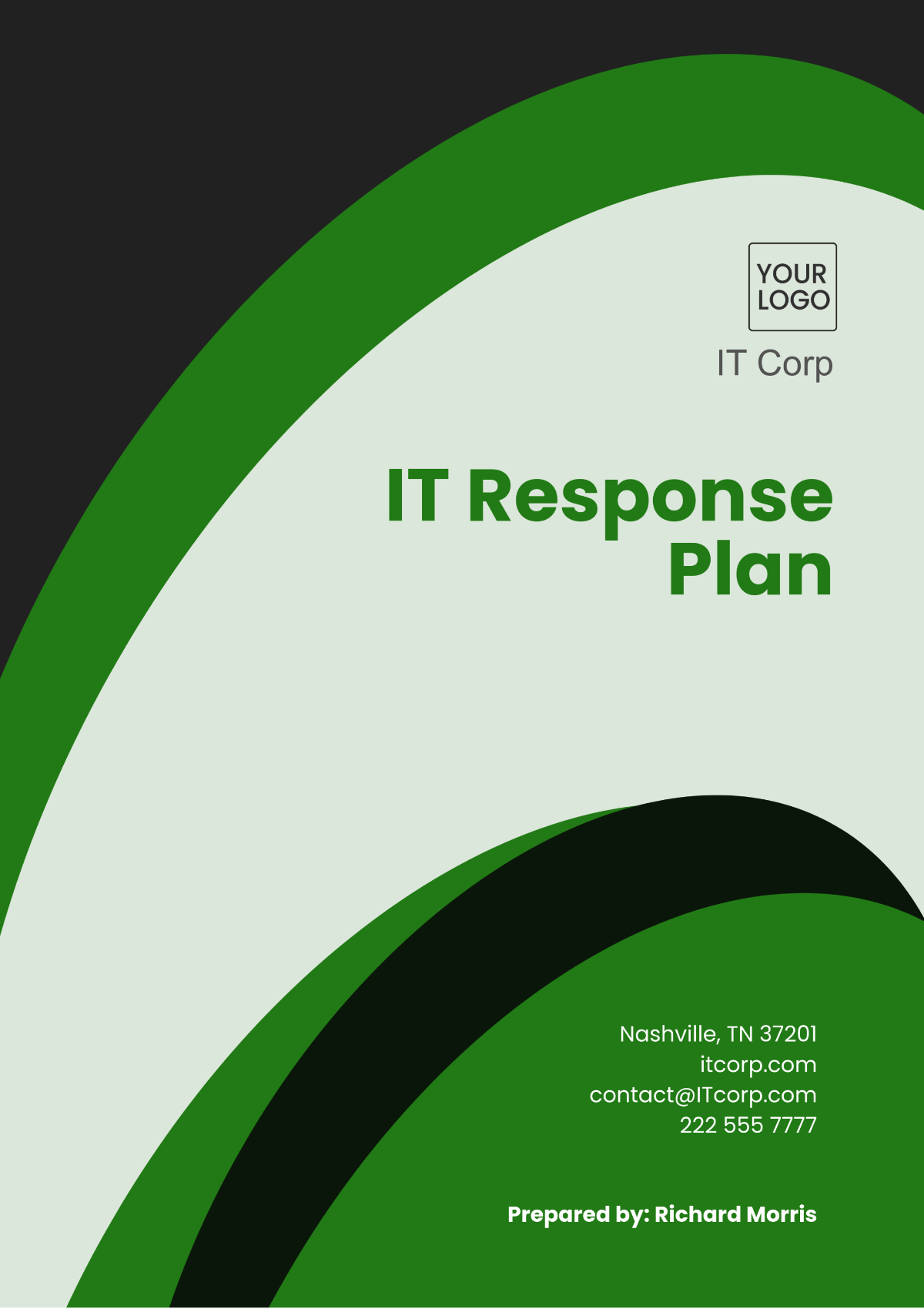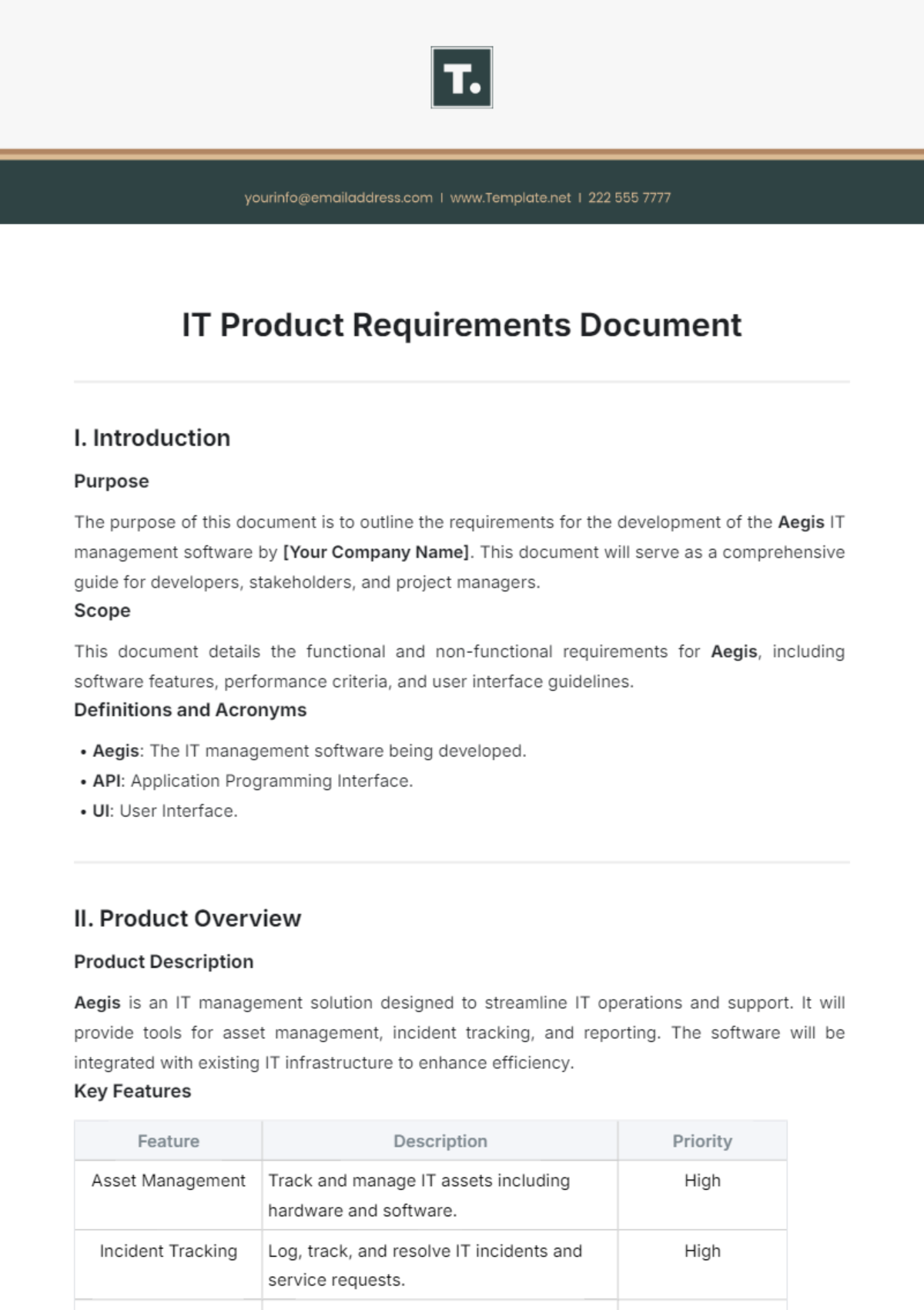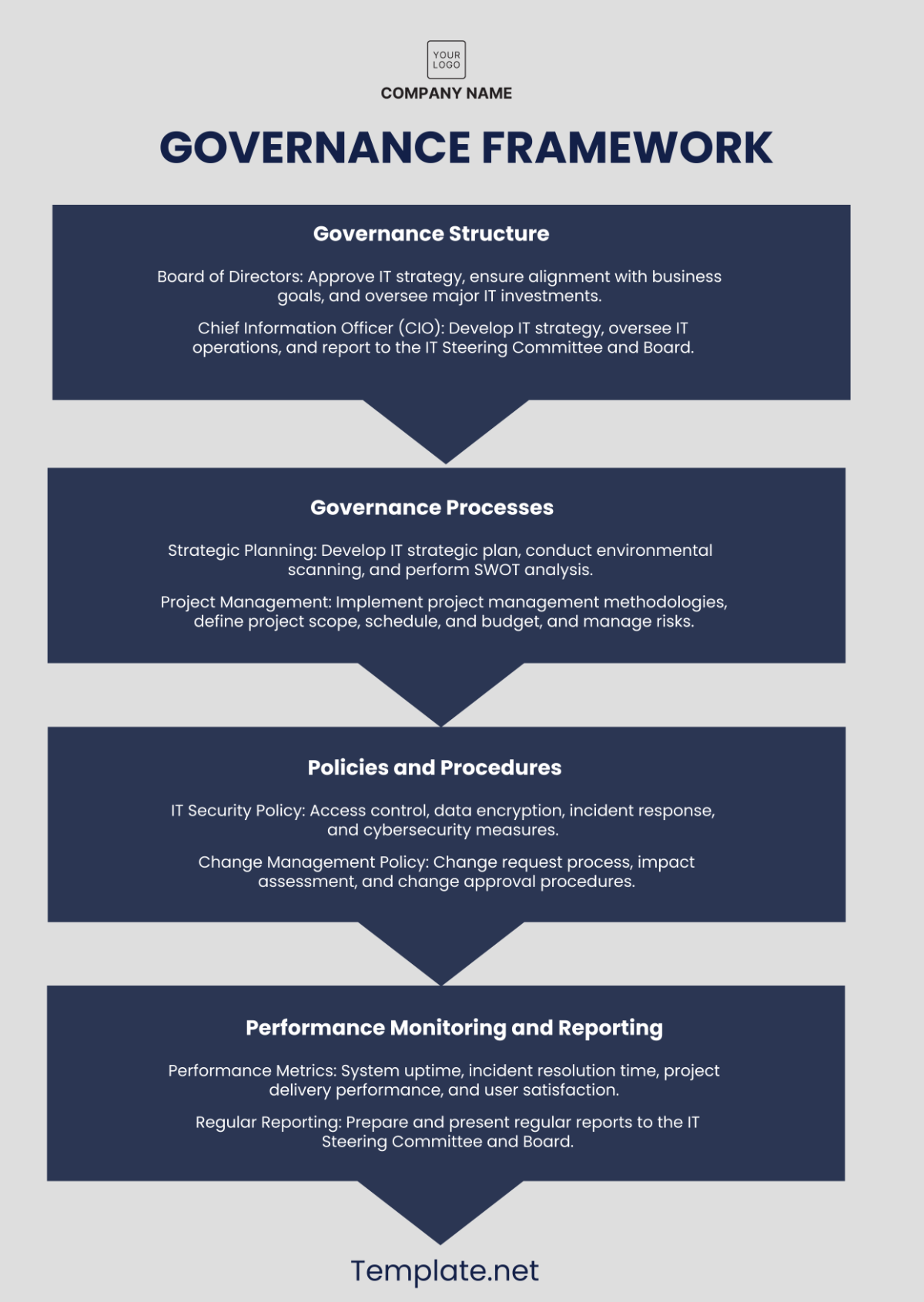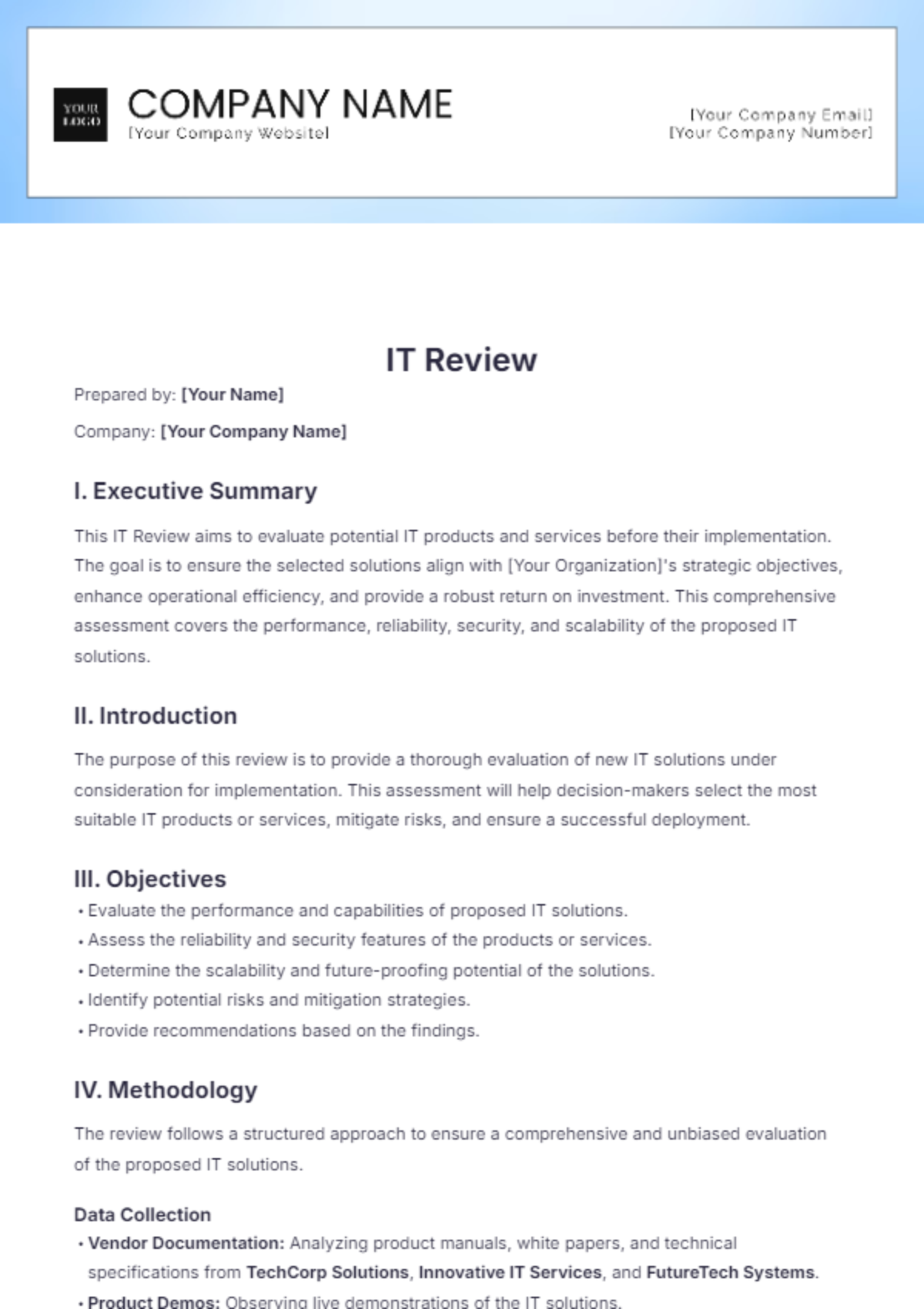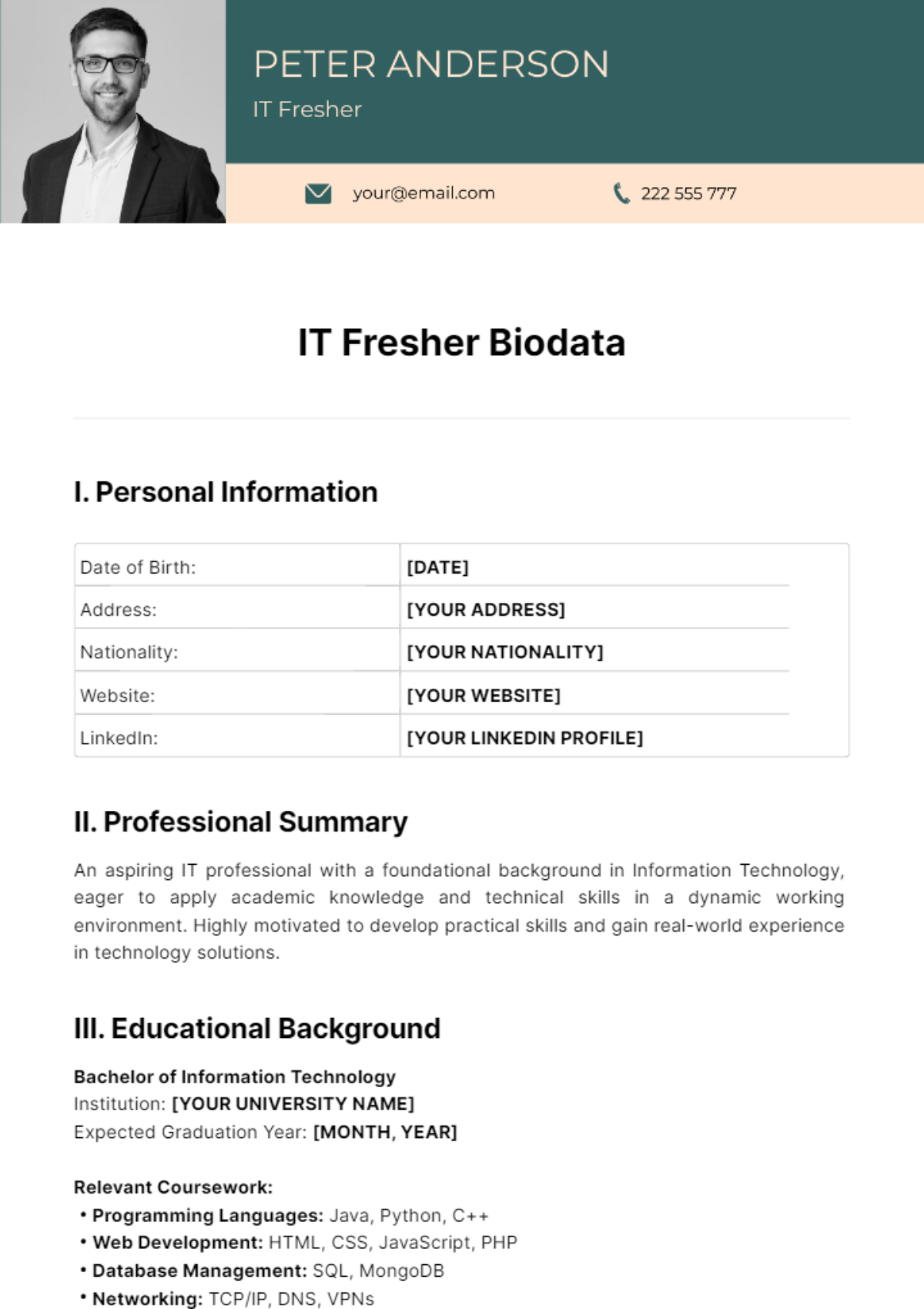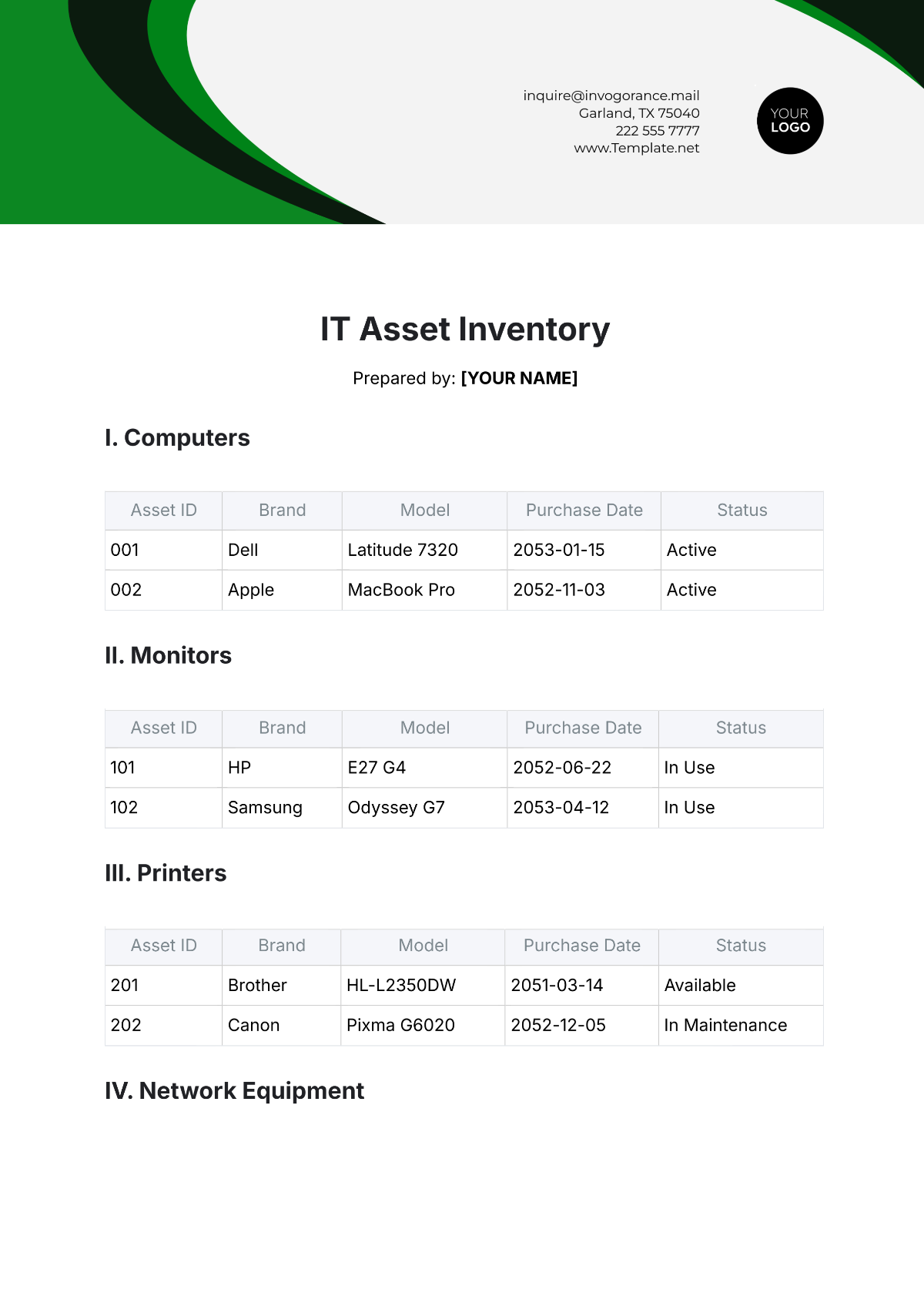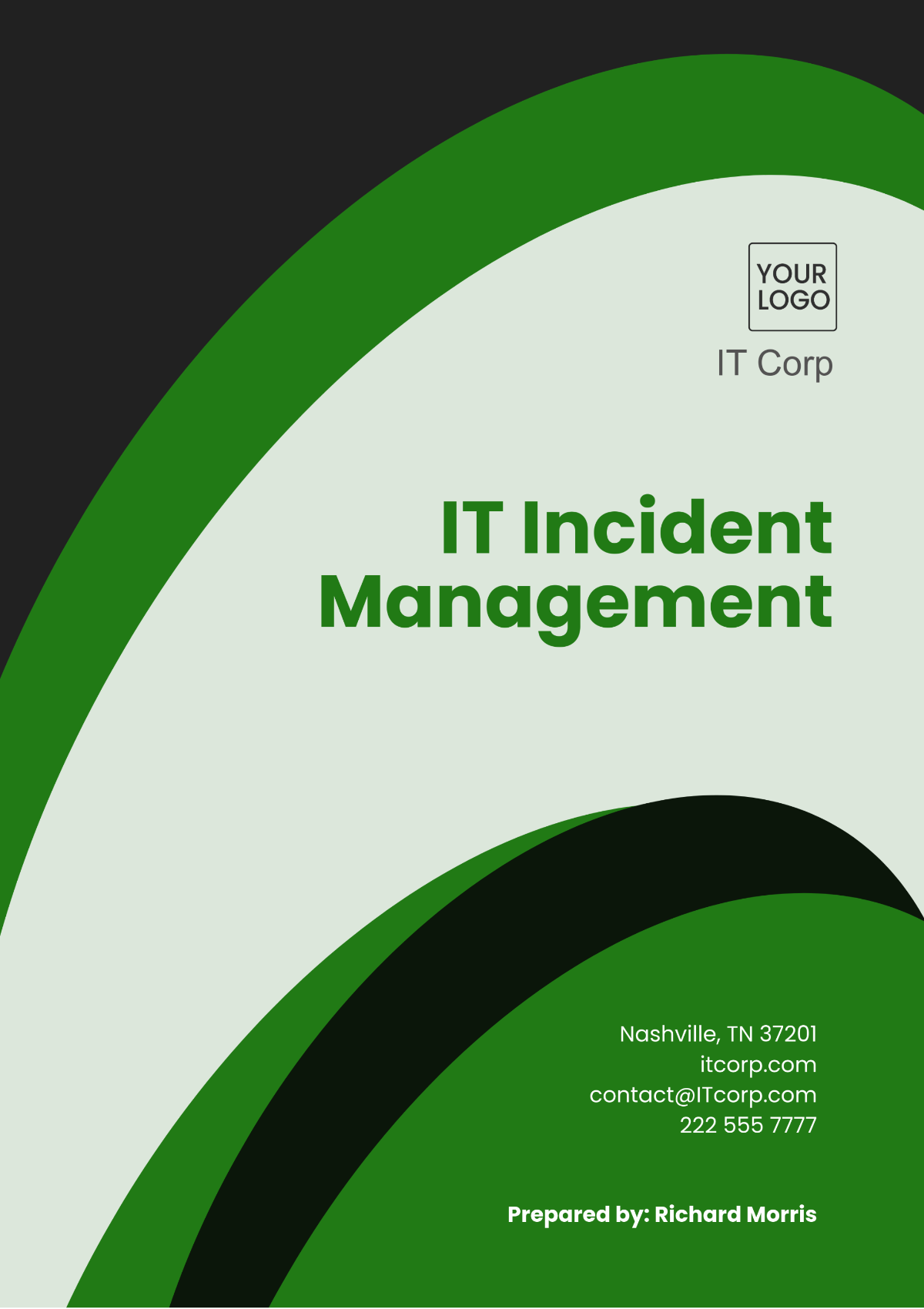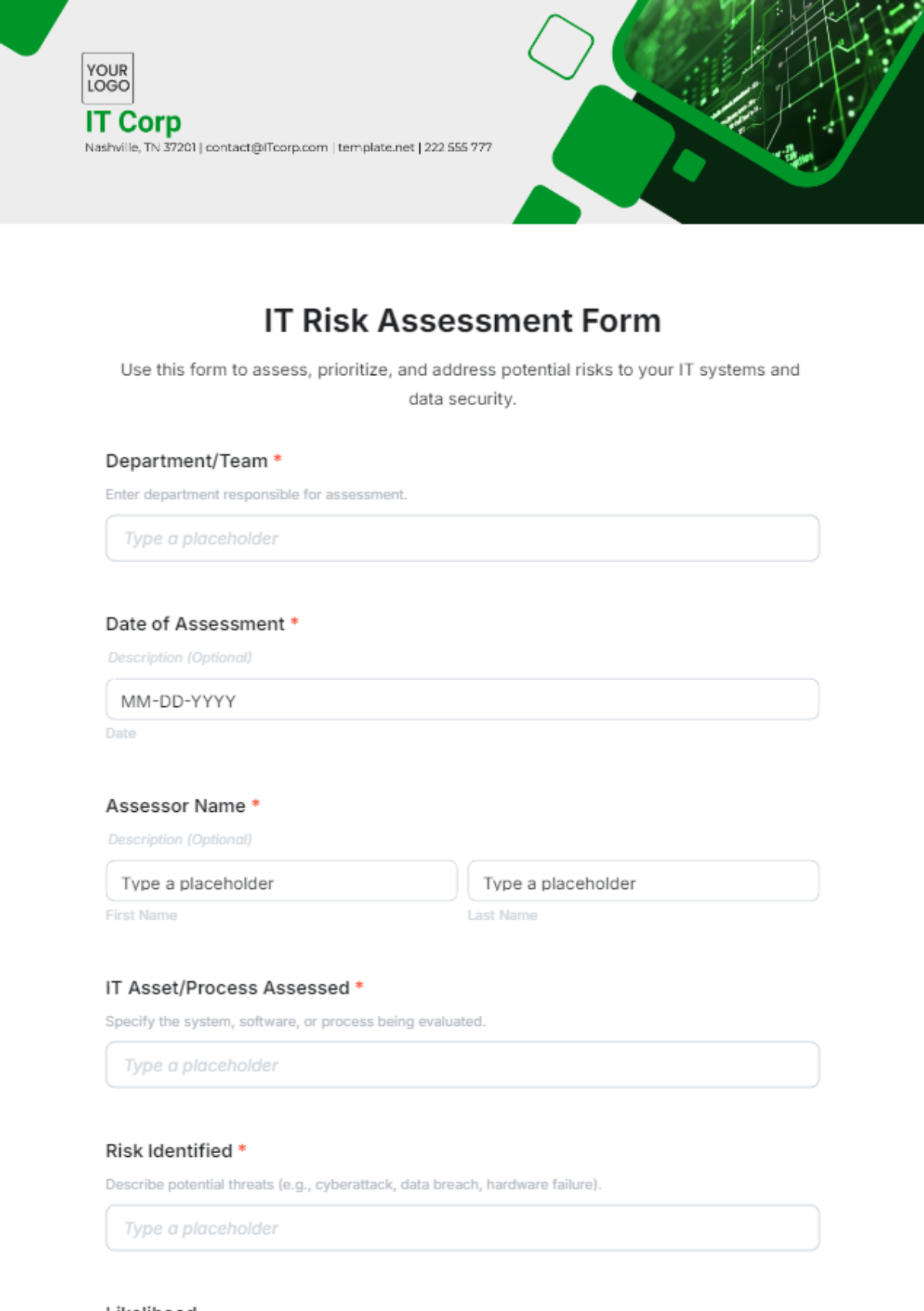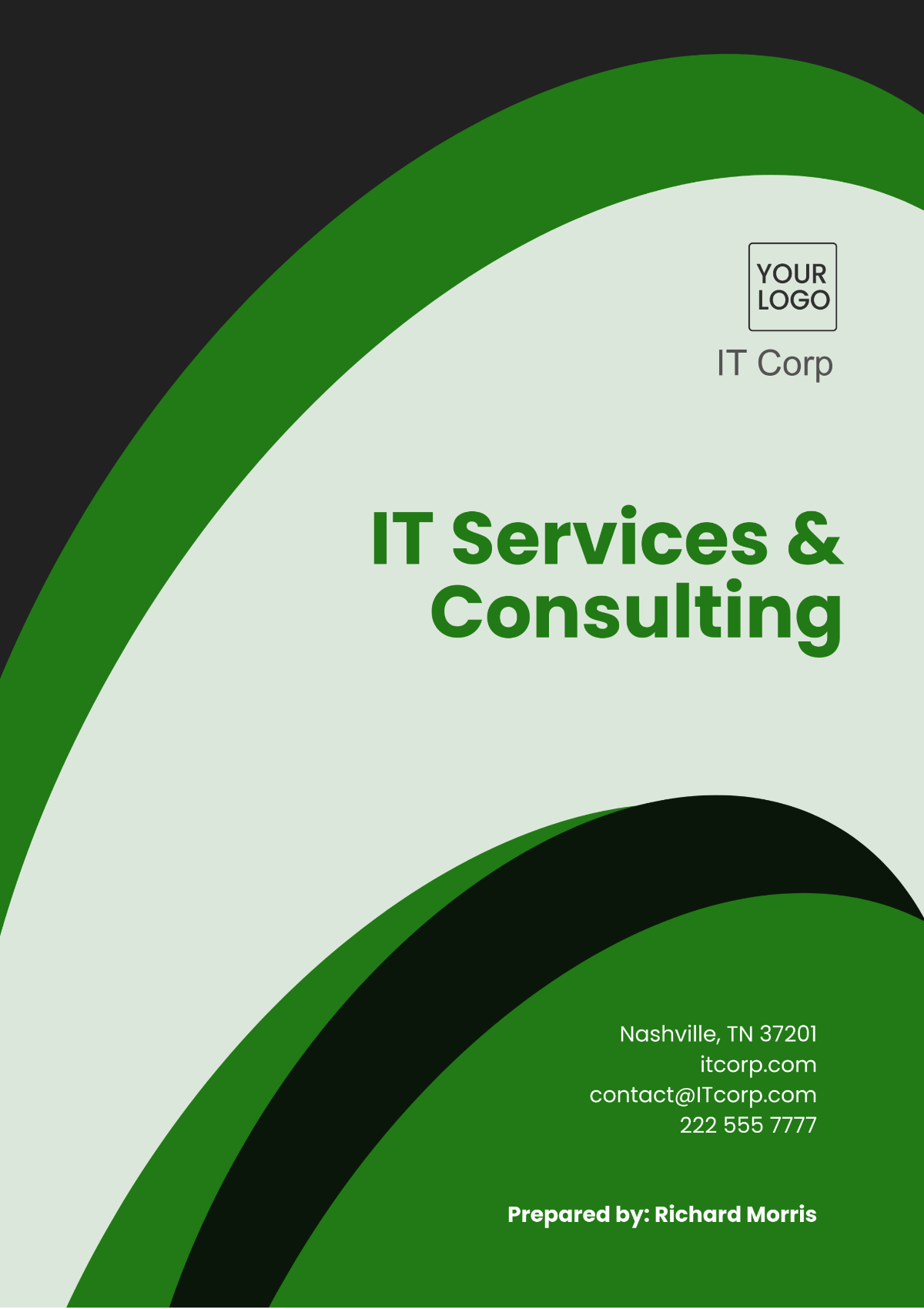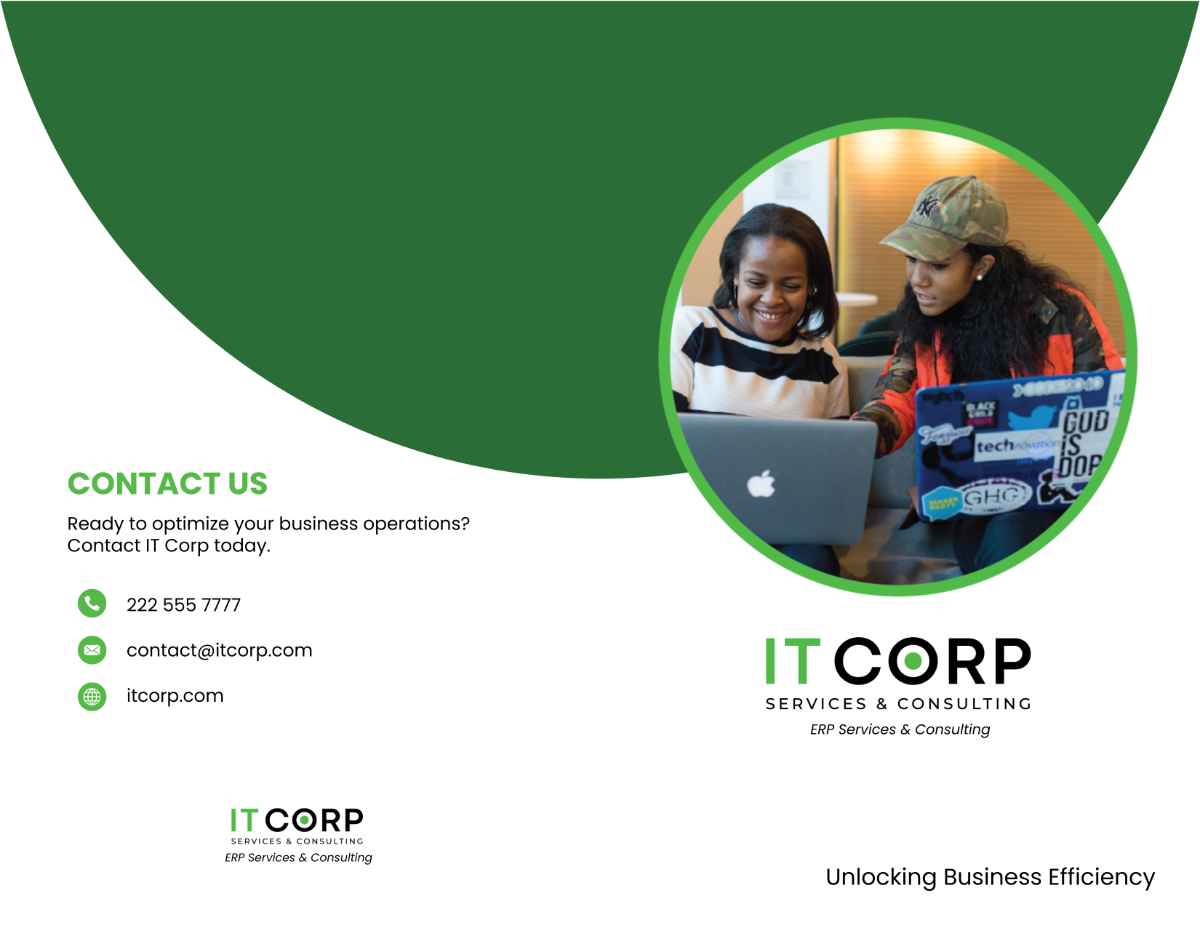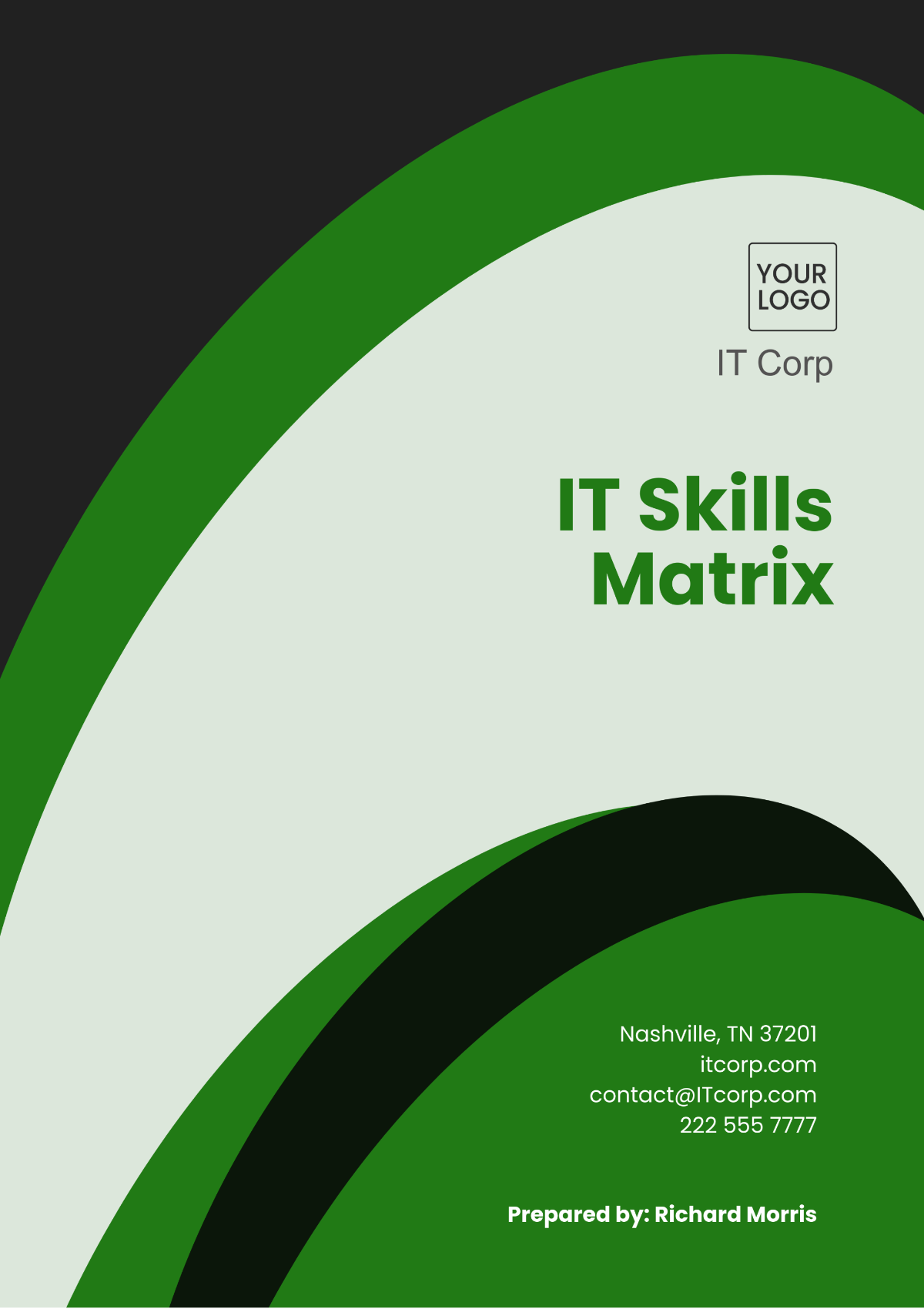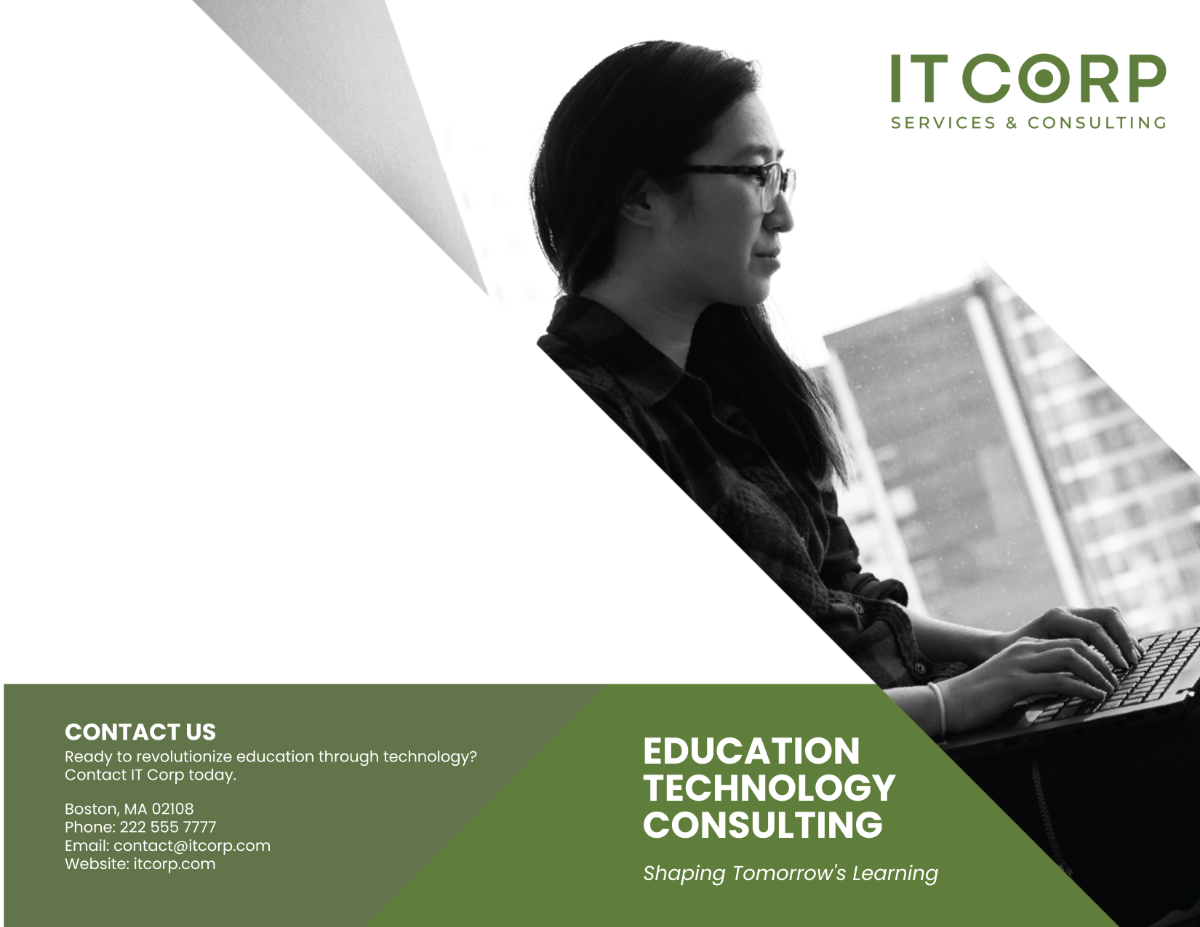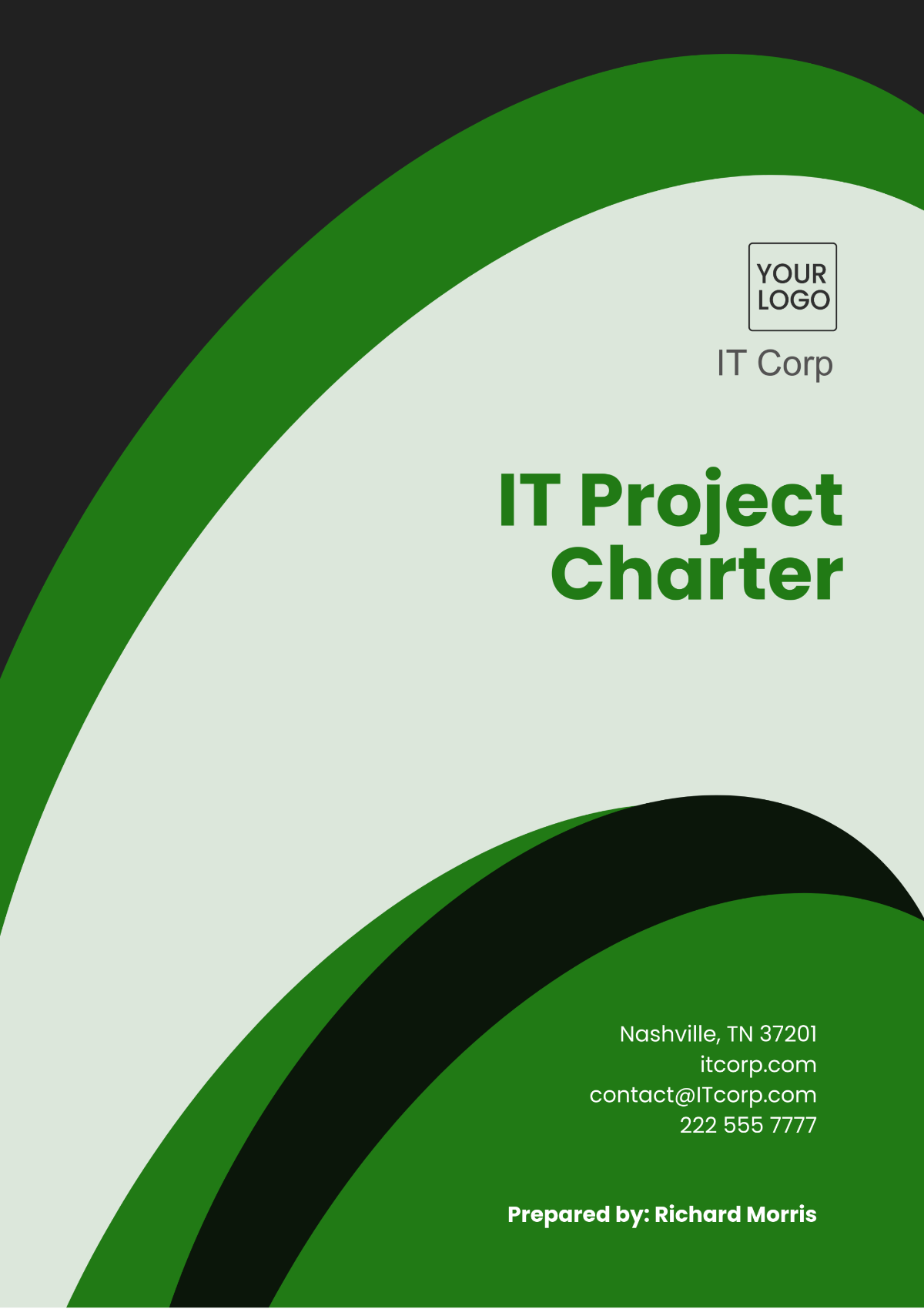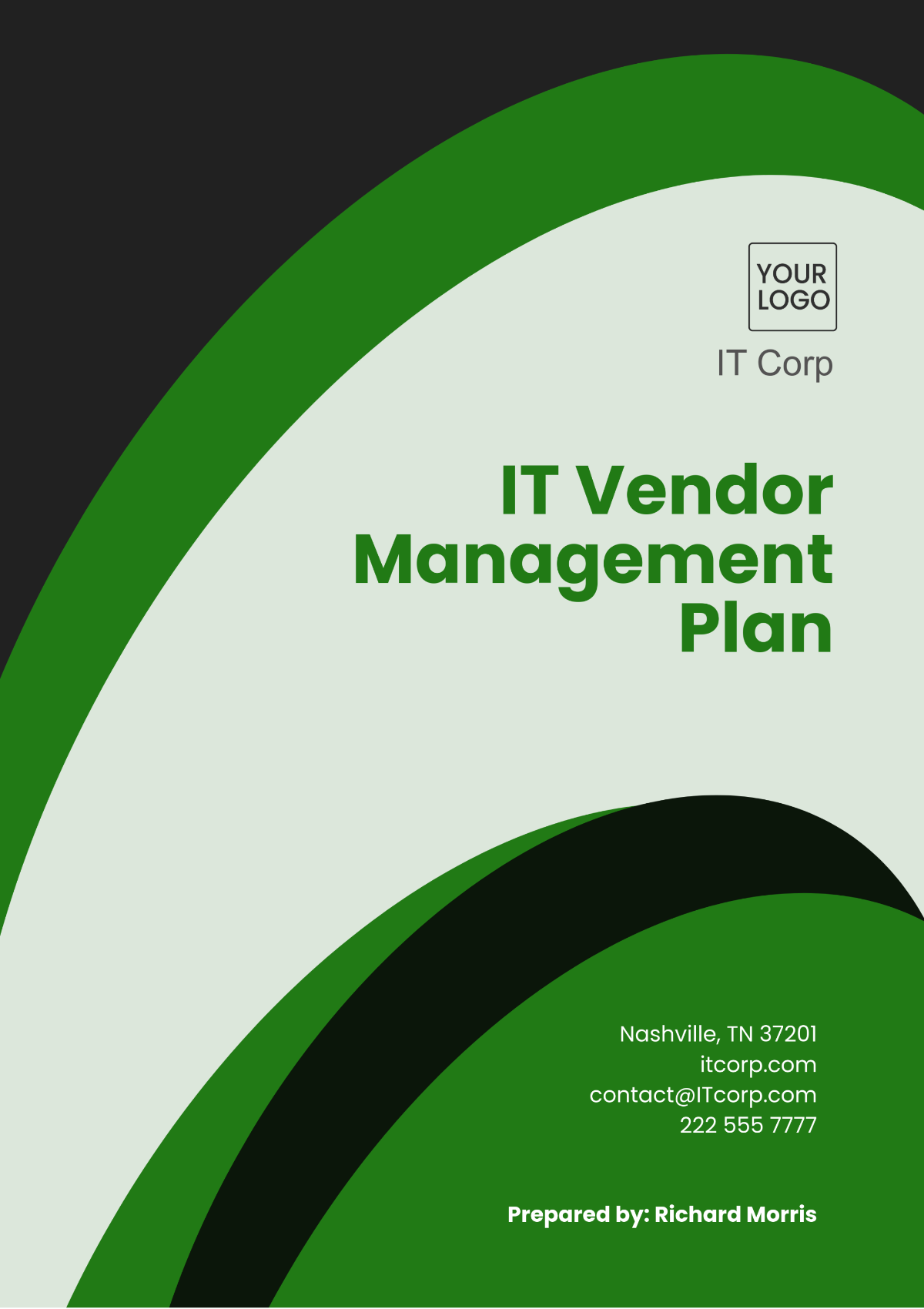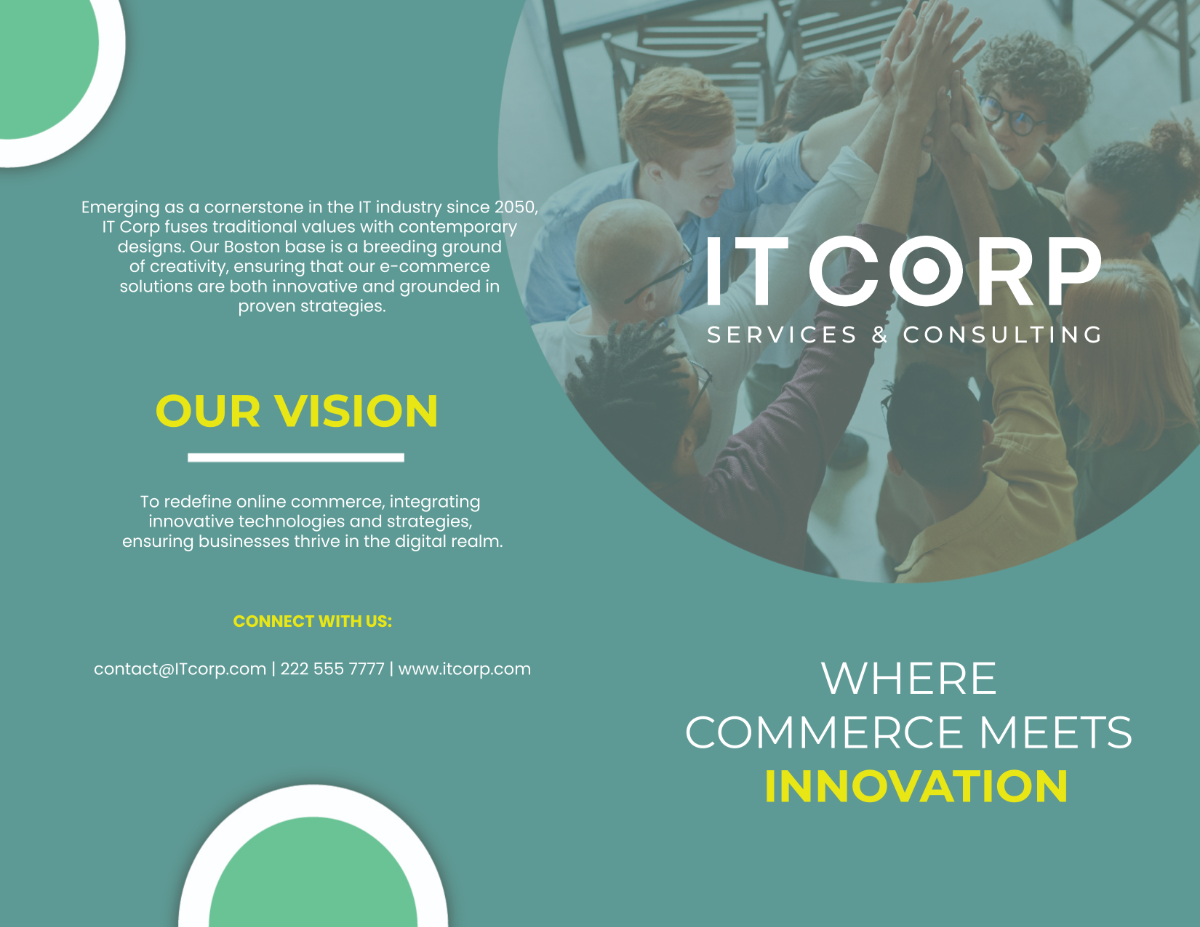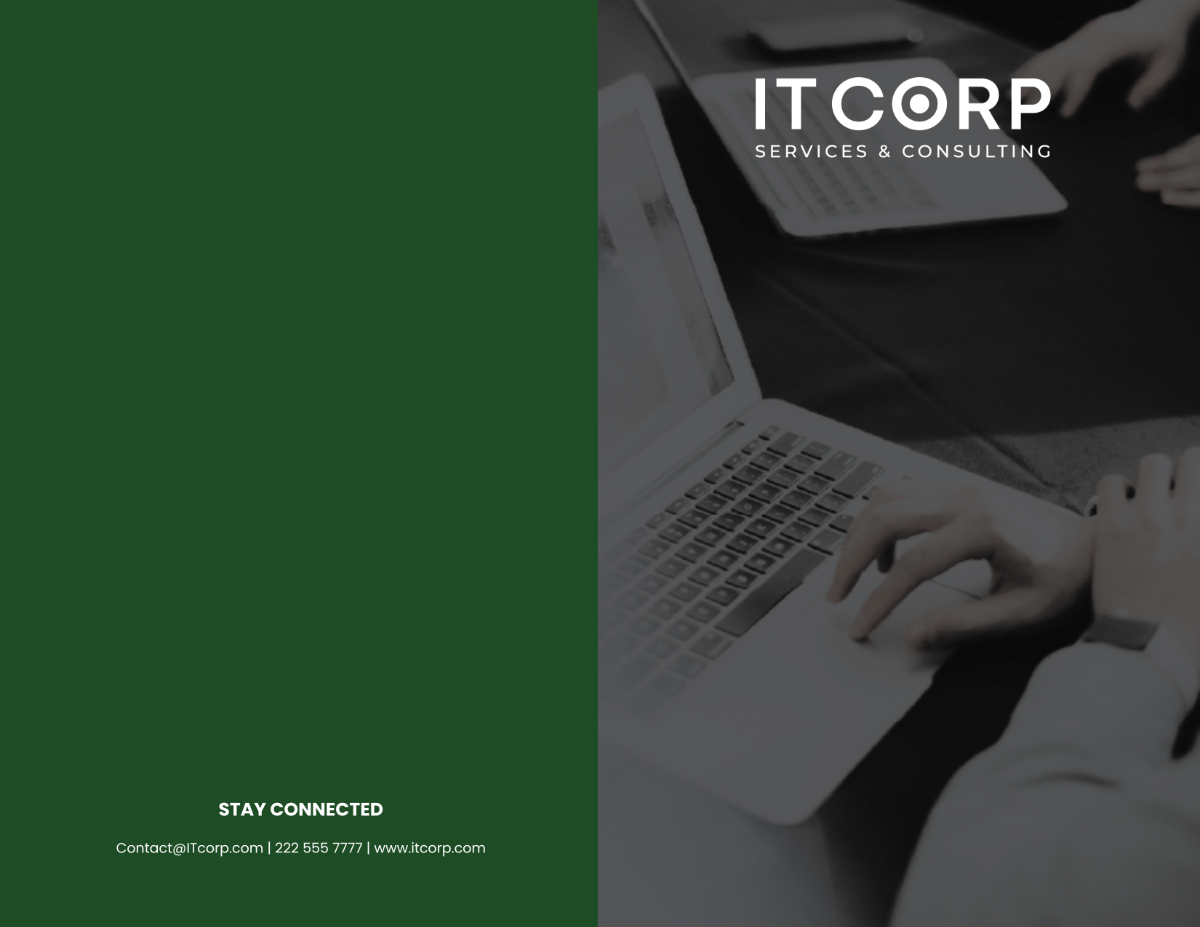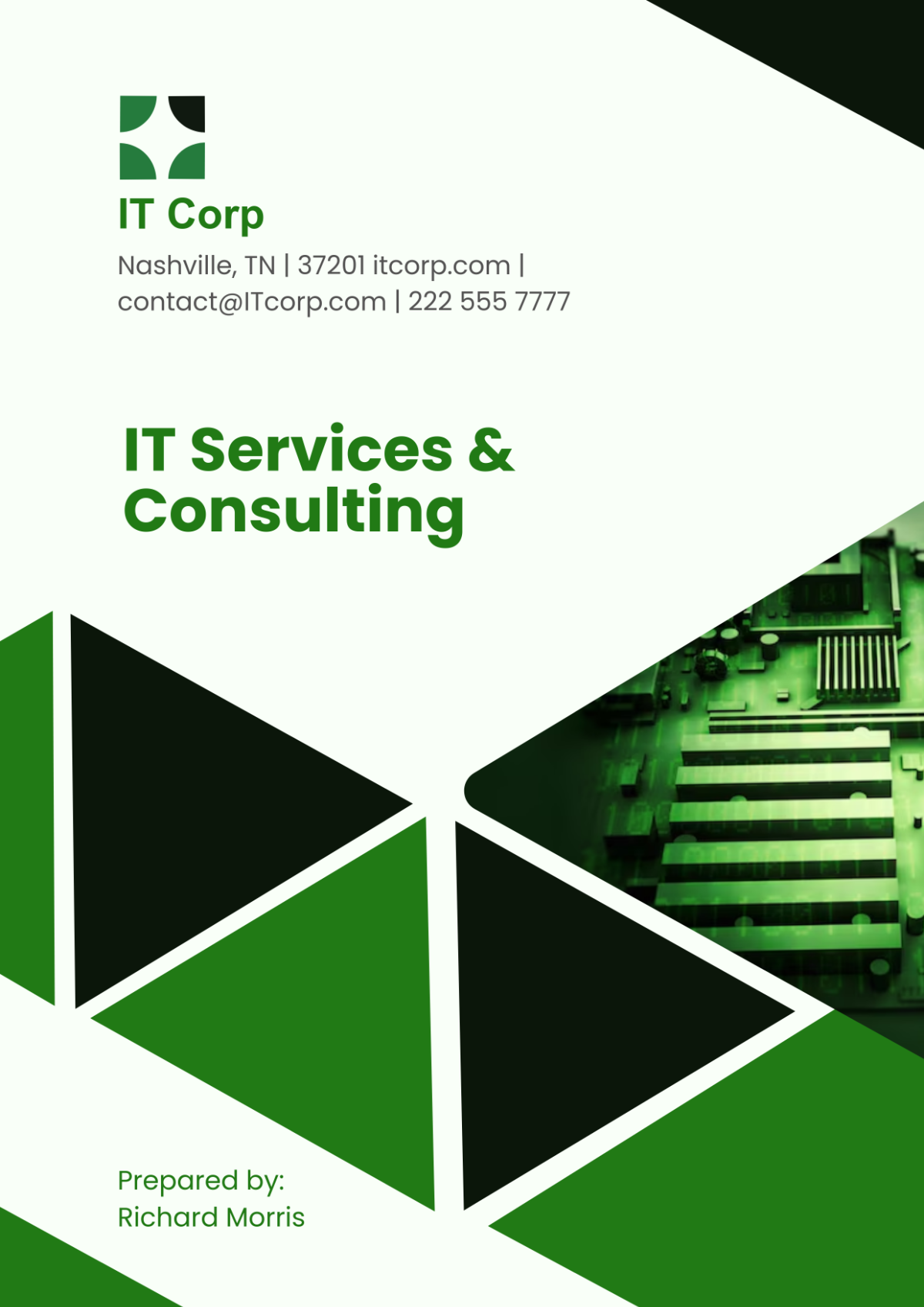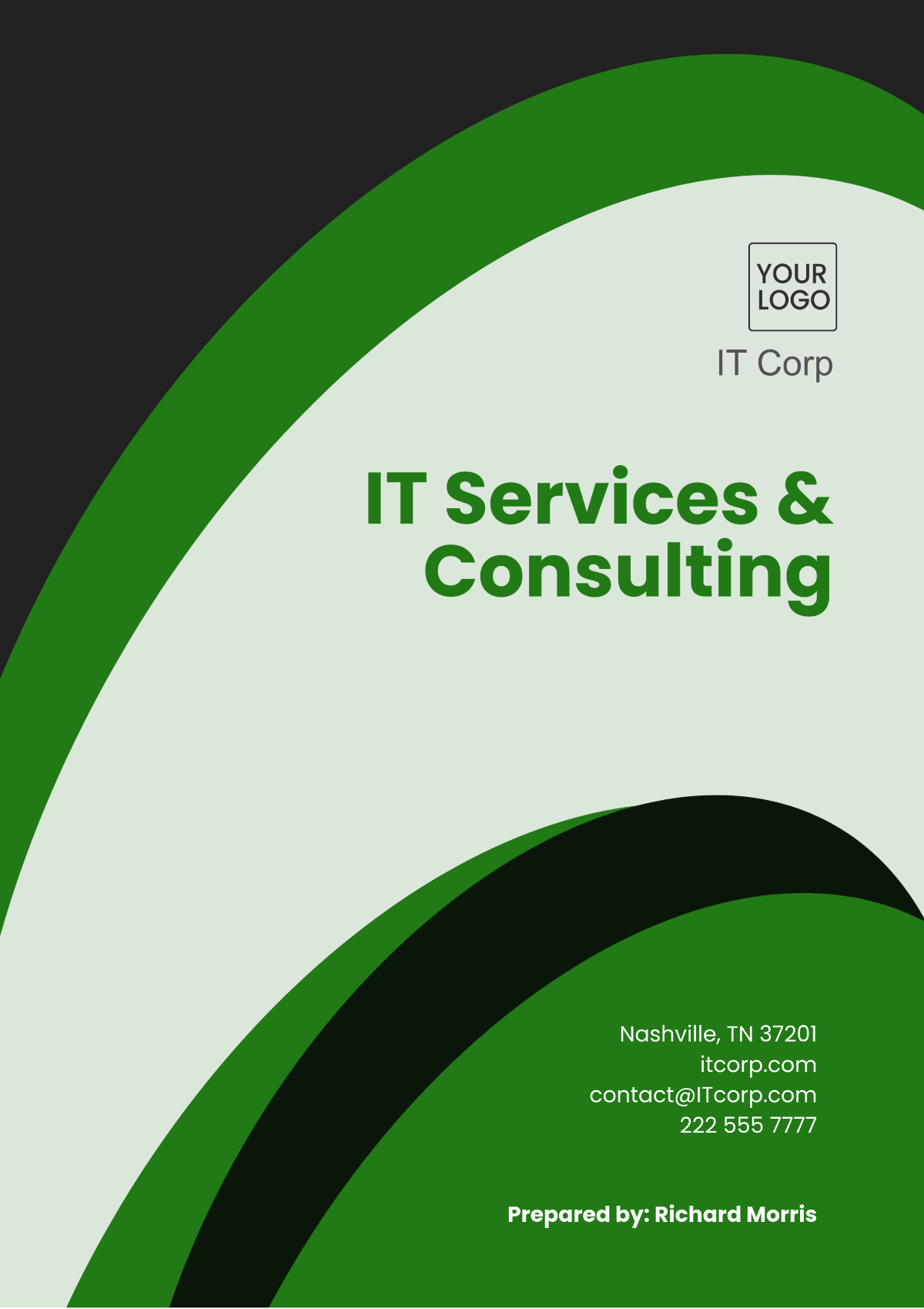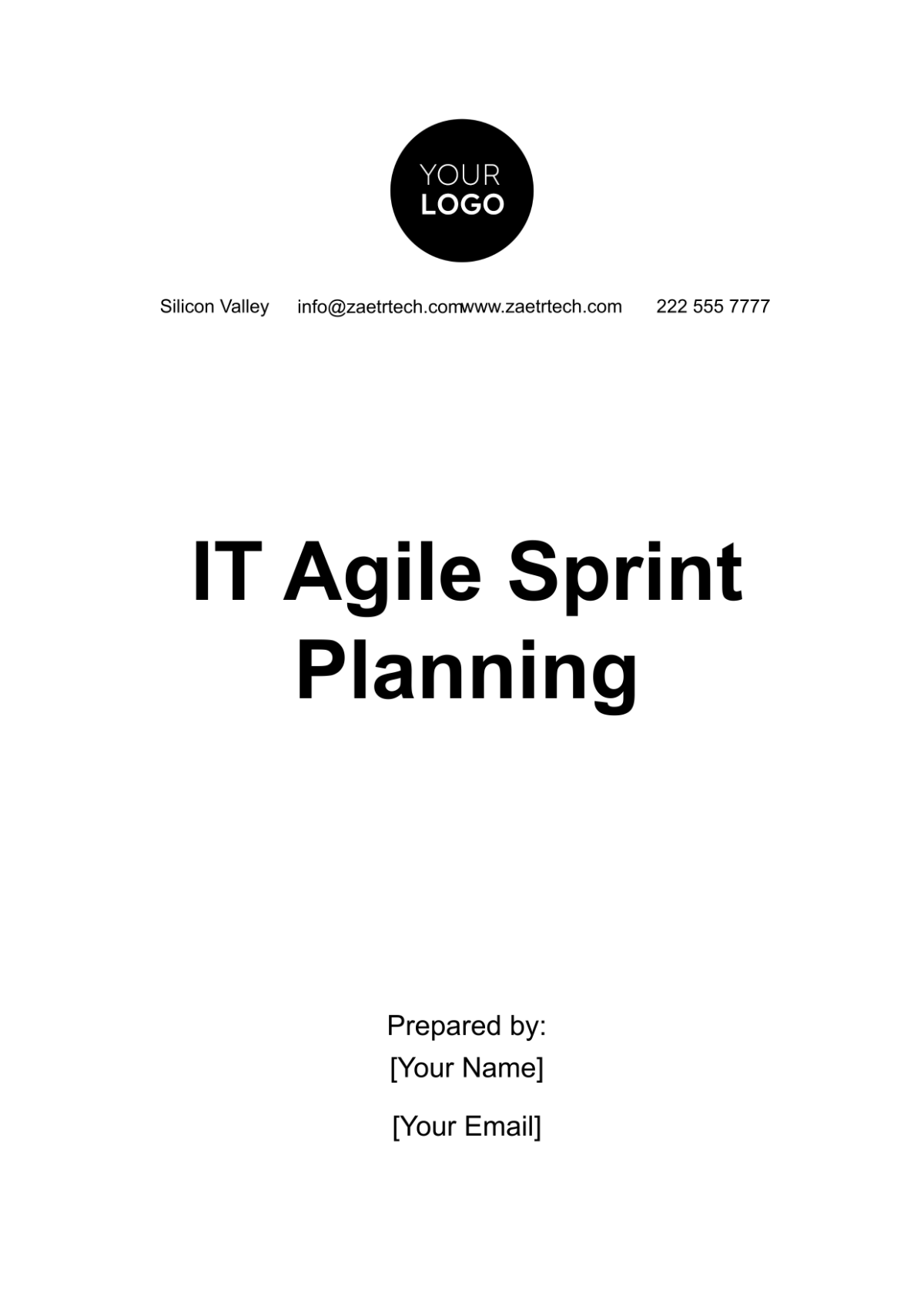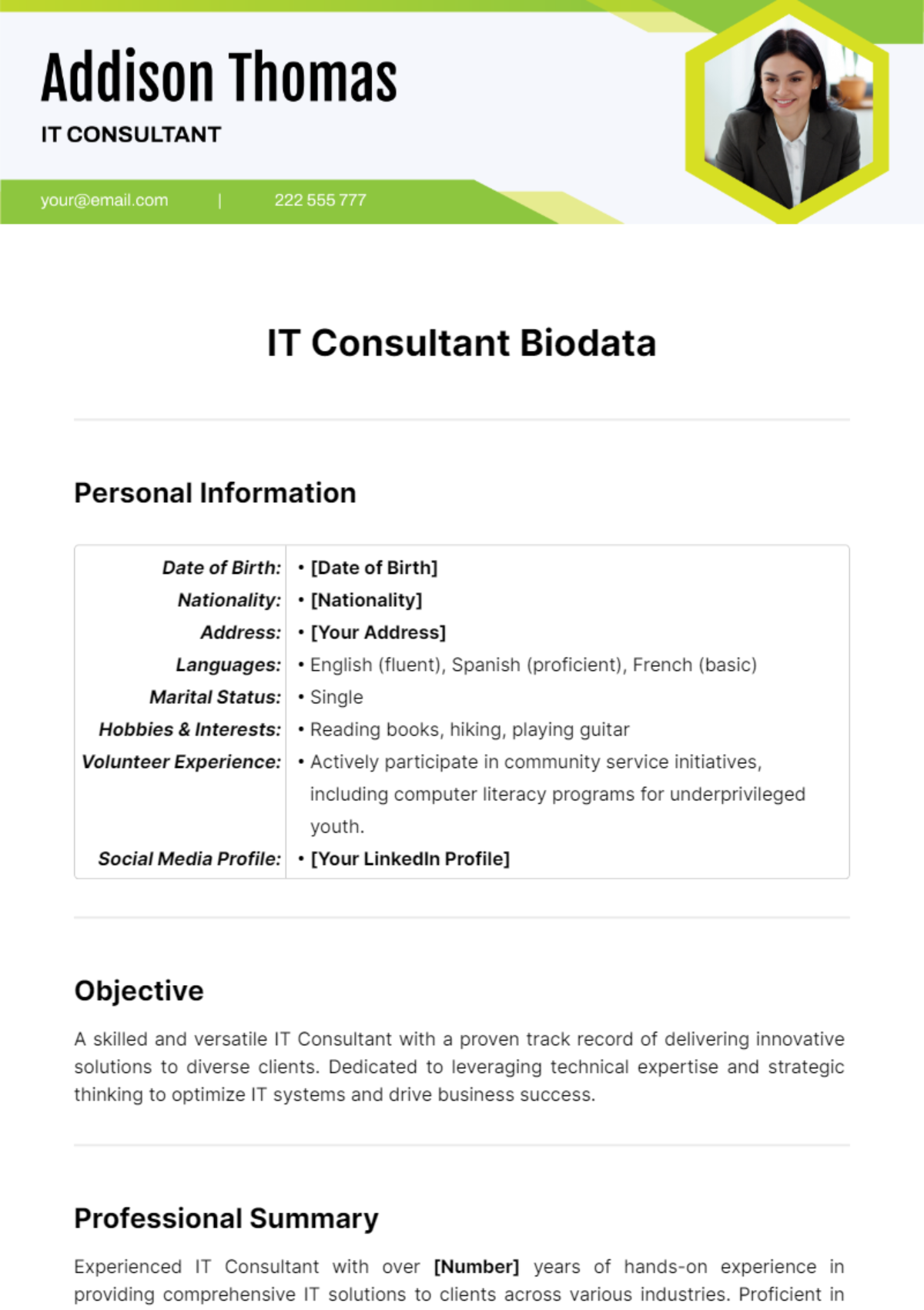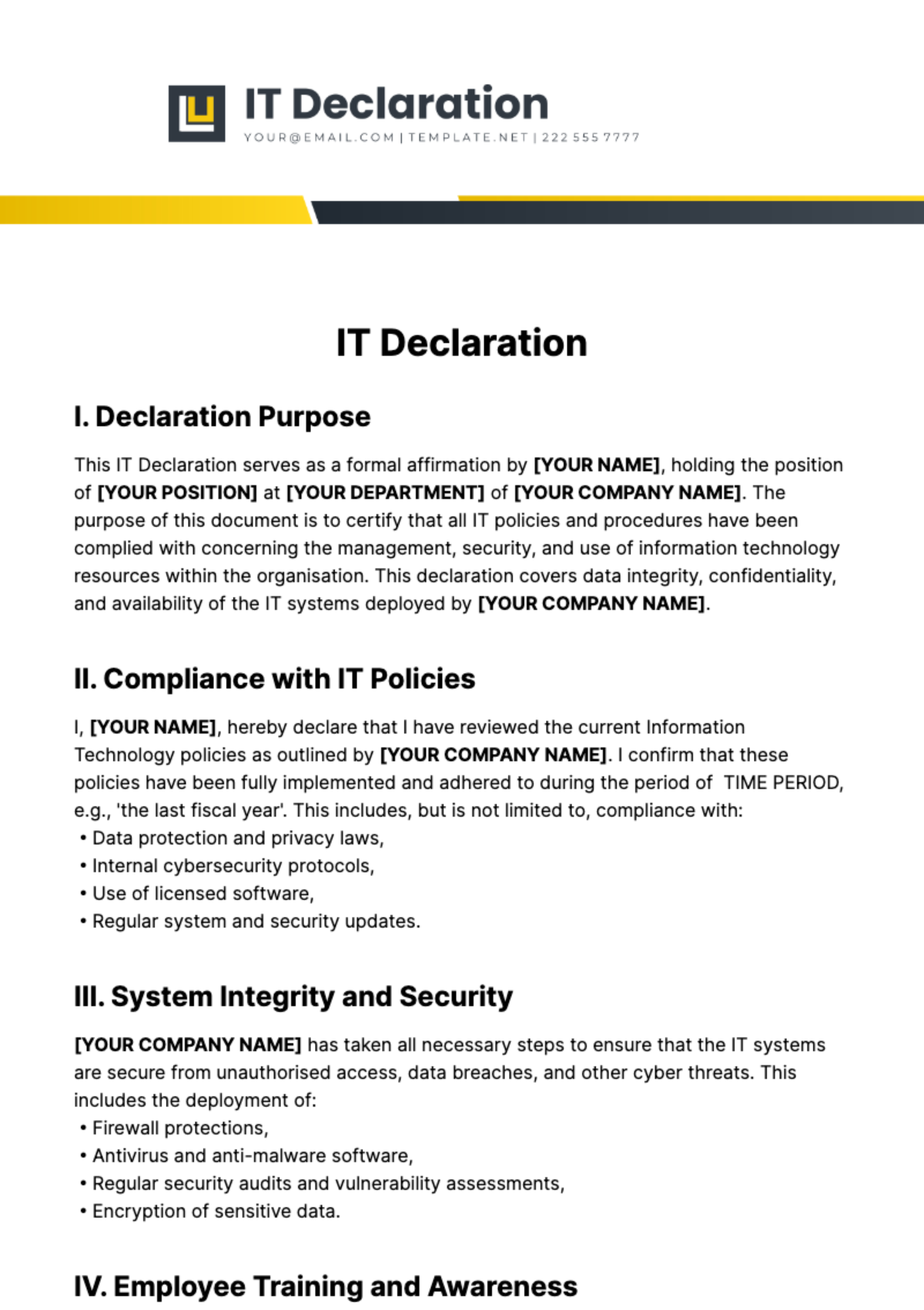IT Project Debrief
Prepared by: [YOUR NAME]
Date: [Date]
Company: [YOUR COMPANY NAME]
Project Overview
The project's primary objective was to enhance our internal communication processes by implementing a new project management tool, "ProjectSync." The scope encompassed integrating the tool into our workflow, improving overall communication, and fostering enhanced collaboration among team members. Key milestones achieved include the successful integration of ProjectSync, resulting in a 20% reduction in project completion time. Challenges encountered included initial resistance to change and a learning curve associated with the new tool.
Successes
I extend my heartfelt commendation to each team member for their exceptional contributions. The collaborative spirit demonstrated by the team played a crucial role in the successful completion of the project. Special recognition is due to the development team for their efforts, which led to a noteworthy 20% improvement in task completion time, ultimately resulting in the project being delivered ahead of schedule.
Challenges
Resistance to Change: Introducing a new project management tool often faces resistance from team members accustomed to existing systems or workflows.
Learning Curve: Learning to use the new tool effectively might have presented challenges for some team members, particularly those less familiar with similar software.
Integration Issues: Integrating the new tool with existing systems or workflows could have presented technical challenges or compatibility issues.
Communication Breakdowns: Implementing a new tool can sometimes lead to miscommunication or confusion about roles, responsibilities, and processes.
Time Constraints: The pressure to meet project deadlines while simultaneously adapting to new processes and tools can create time constraints and increase stress levels among team members.
Resource Limitations: Limited resources, such as training materials or support staff, may have hindered the team's ability to fully leverage the new tool's capabilities.
User Adoption: Ensuring widespread user adoption and buy-in for the new tool might have required additional efforts in training, communication, and support.
Addressing these challenges requires proactive communication, comprehensive training, effective change management strategies, and a willingness to adapt and iterate as needed throughout the project lifecycle.
Lessons Learned
The project has imparted several invaluable lessons. Notably, effective change management is crucial when introducing new tools, and comprehensive training programs are essential for a smooth transition. These insights will guide us in refining our strategies for future projects, ensuring a more seamless adoption of new technologies.
Change Management is Vital: Managing change effectively is essential for the smooth adoption of new tools.
Comprehensive Training Matters: Thorough training programs ensure team members are proficient with new tools.
User Involvement Boosts Acceptance: Involving end-users in decision-making promotes ownership and acceptance.
Regular Feedback Drives Improvement: Regular evaluation and feedback loops enable continuous improvement.
Clear Communication is Key: Transparent communication channels reduce misunderstandings and promote collaboration.
Flexibility is Essential: Being flexible and adaptable helps in overcoming challenges and seizing opportunities.
Celebrate Successes, Learn from Failures: Recognizing achievements and learning from setbacks fosters a culture of growth.
By internalizing these lessons learned, the team can better navigate future projects, mitigate risks, and optimize outcomes.
Best Practices
Throughout the project, we identified and implemented a range of best practices. Regular training sessions proved instrumental in equipping the team with the necessary skills, and establishing a dedicated support channel facilitated swift resolution of tool-related queries. These proven approaches will serve as a foundation for future projects.
Clear Change Communication: Communicate changes clearly, addressing concerns promptly.
Structured Training: Implement tailored training programs for proficiency in new tools.
User Engagement: Involve users in decision-making, incorporating their feedback.
Continuous Feedback: Establish regular feedback loops for prompt issue resolution.
Transparent Documentation: Maintain clear documentation for processes and tools.
Agile Management: Embrace agile methodologies for flexibility.
Recognition of Achievements: Celebrate milestones and team accomplishments.
Post-Implementation Evaluation: Evaluate projects post-implementation for insights and improvements.
Cross-functional collaboration: Encourage collaboration from diverse perspectives.
Knowledge Sharing: Establish platforms for sharing insights and lessons learned.
By incorporating these best practices, the team can enhance collaboration, efficiency, and overall project success in future endeavors.
Opportunities for Improvement
As we reflect on our successes, we also recognize areas where improvements can be made. These include refining our change management strategy to address initial resistance more effectively and enhancing our training programs to encompass a broader range of skill levels. I encourage each team member to contribute their insights during the debrief, as your perspectives are invaluable in shaping our future approach.
Recommendations
Building on our experiences, I recommend the establishment of a dedicated change management team for future projects and a comprehensive needs assessment before implementing new tools. These measures will contribute to more efficient and successful project executions in the future. During our debrief meeting, we will further discuss the specifics of these recommendations and responsibilities for implementation will be assigned.
Prioritize Change Management: Develop a robust change management plan to address resistance and communicate the benefits of changes.
Enhance Training Programs: Invest in ongoing, tailored training to ensure all team members are proficient in using new tools.
Involve Users in Decisions: Continue involving end-users in decision-making, gathering feedback to align tools with their needs.
Establish Feedback Loops: Implement regular feedback mechanisms to address issues promptly and facilitate continuous improvement.
Maintain Clear Communication: Keep communication channels open and transparent to minimize misunderstandings and foster collaboration.
Encourage Flexibility: Foster a culture that values adaptability, allowing the team to pivot and learn from challenges.
Celebrate Success, Learn from Setbacks: Acknowledge achievements, recognize team contributions, and actively learn from setbacks to foster a culture of improvement.
Next Steps
Our debrief meeting is scheduled for [Date and Time]. During this session, we will delve into the details of the project, discuss lessons learned, and collaboratively develop an action plan for improvement. Your active participation is crucial to the success of this process.
Thank you once again for your unwavering commitment and hard work. I am eager to engage in our collaborative efforts to implement the lessons learned and drive continuous improvement within our team.
